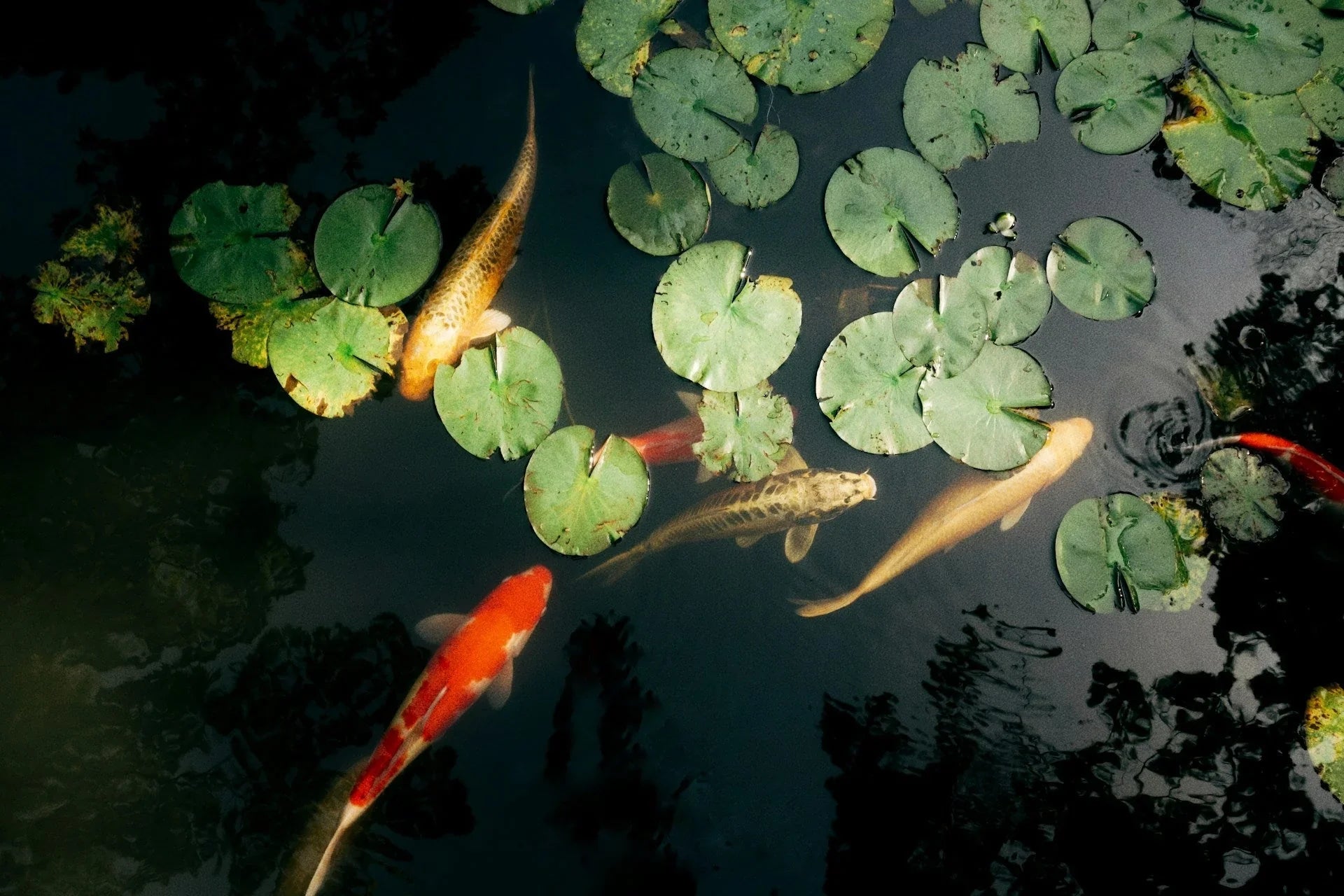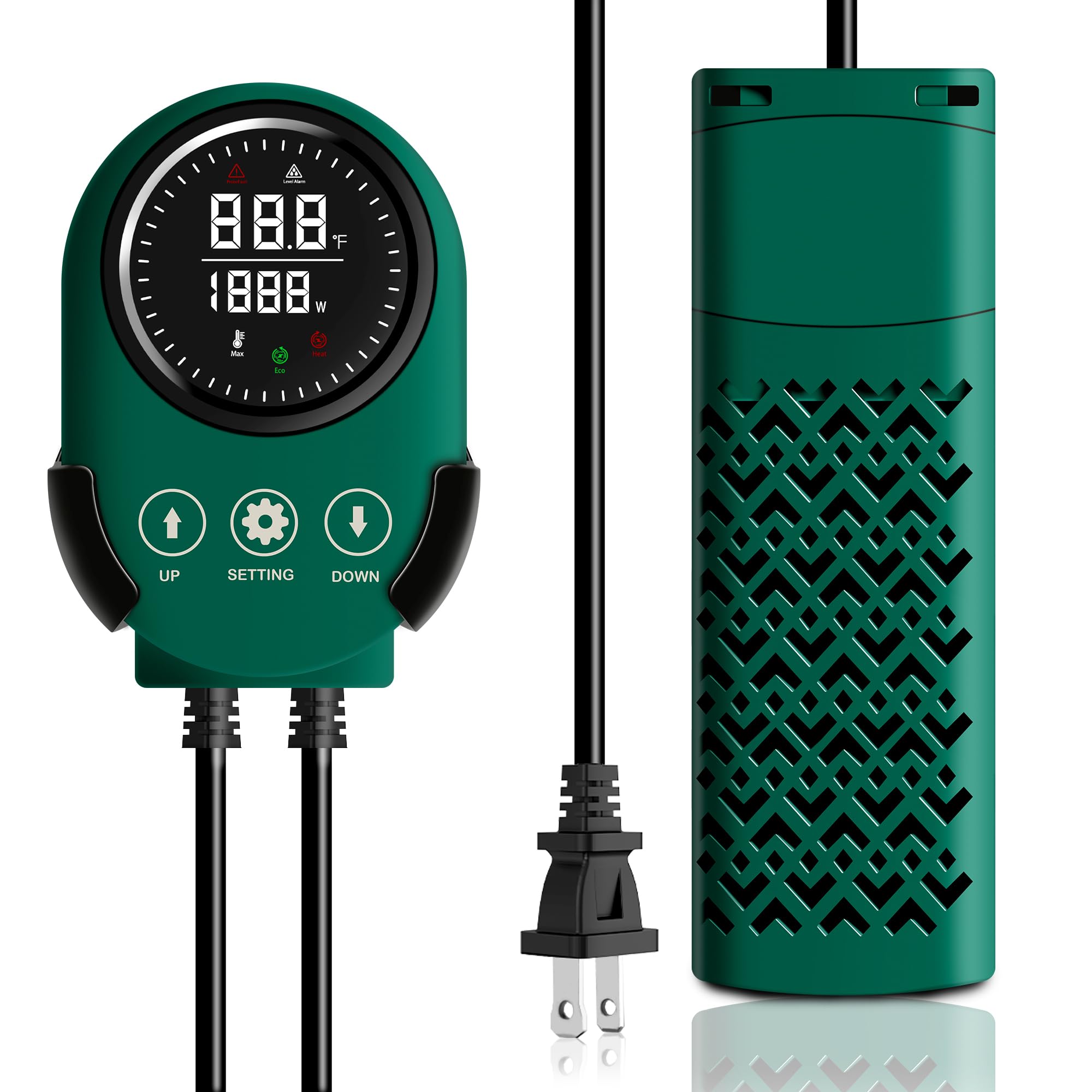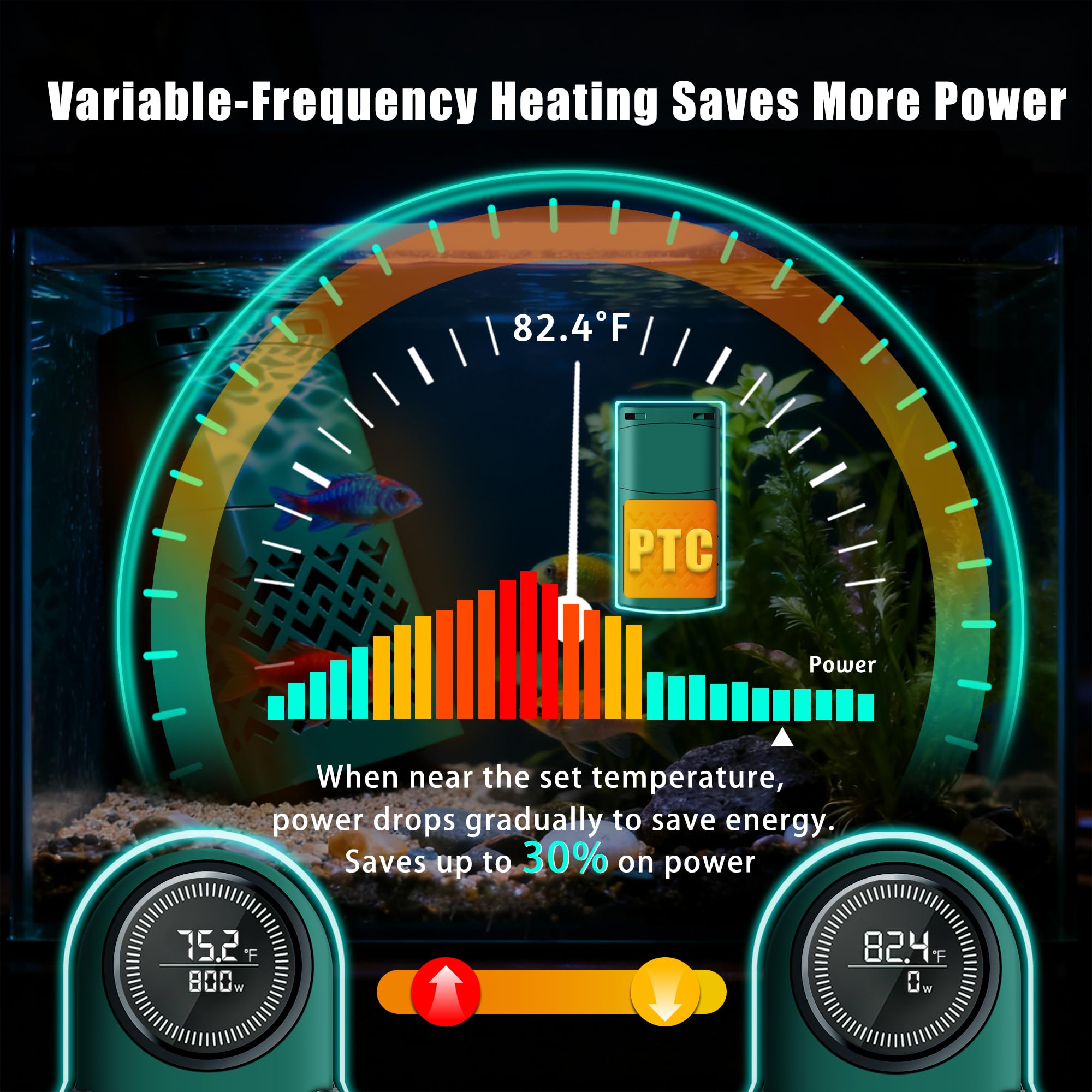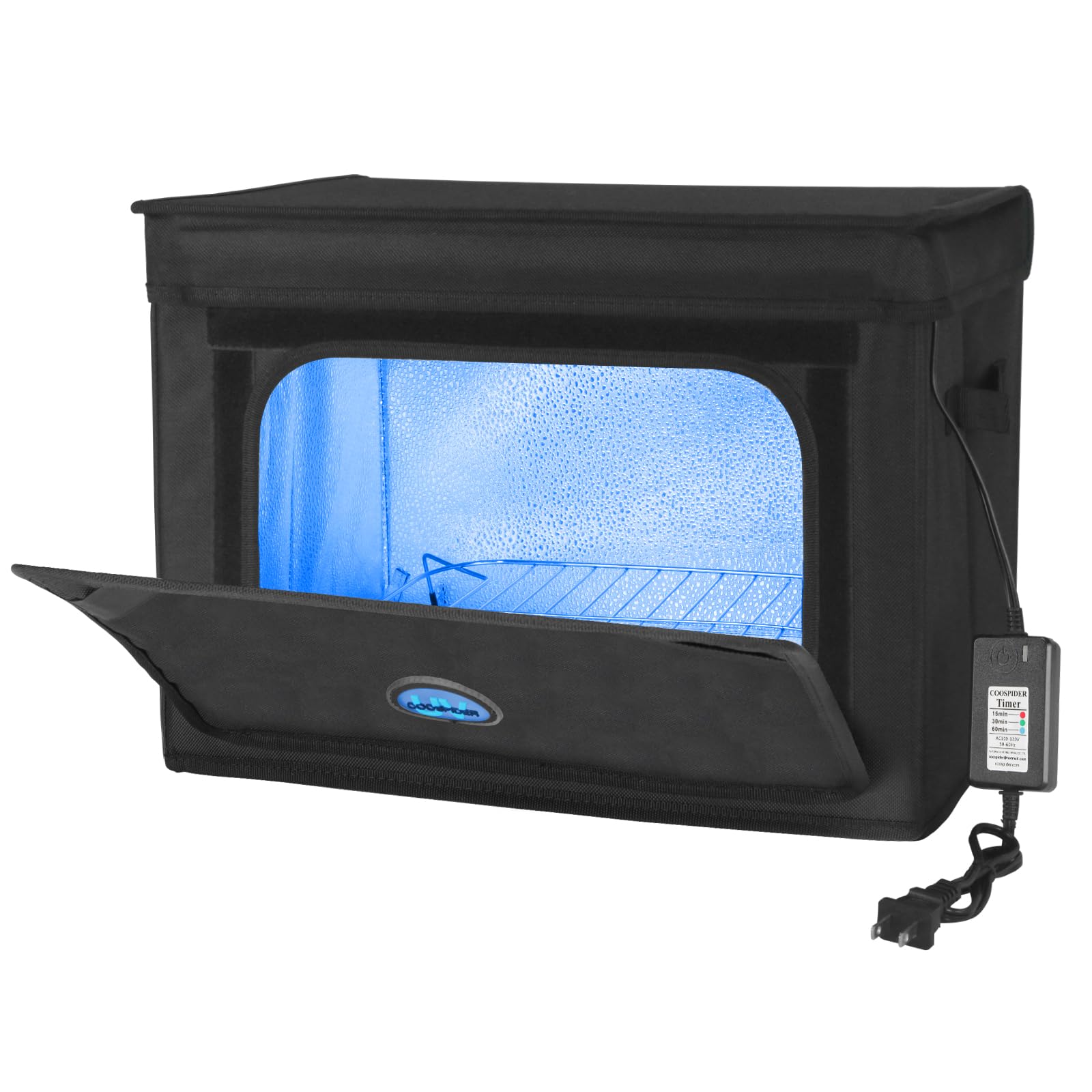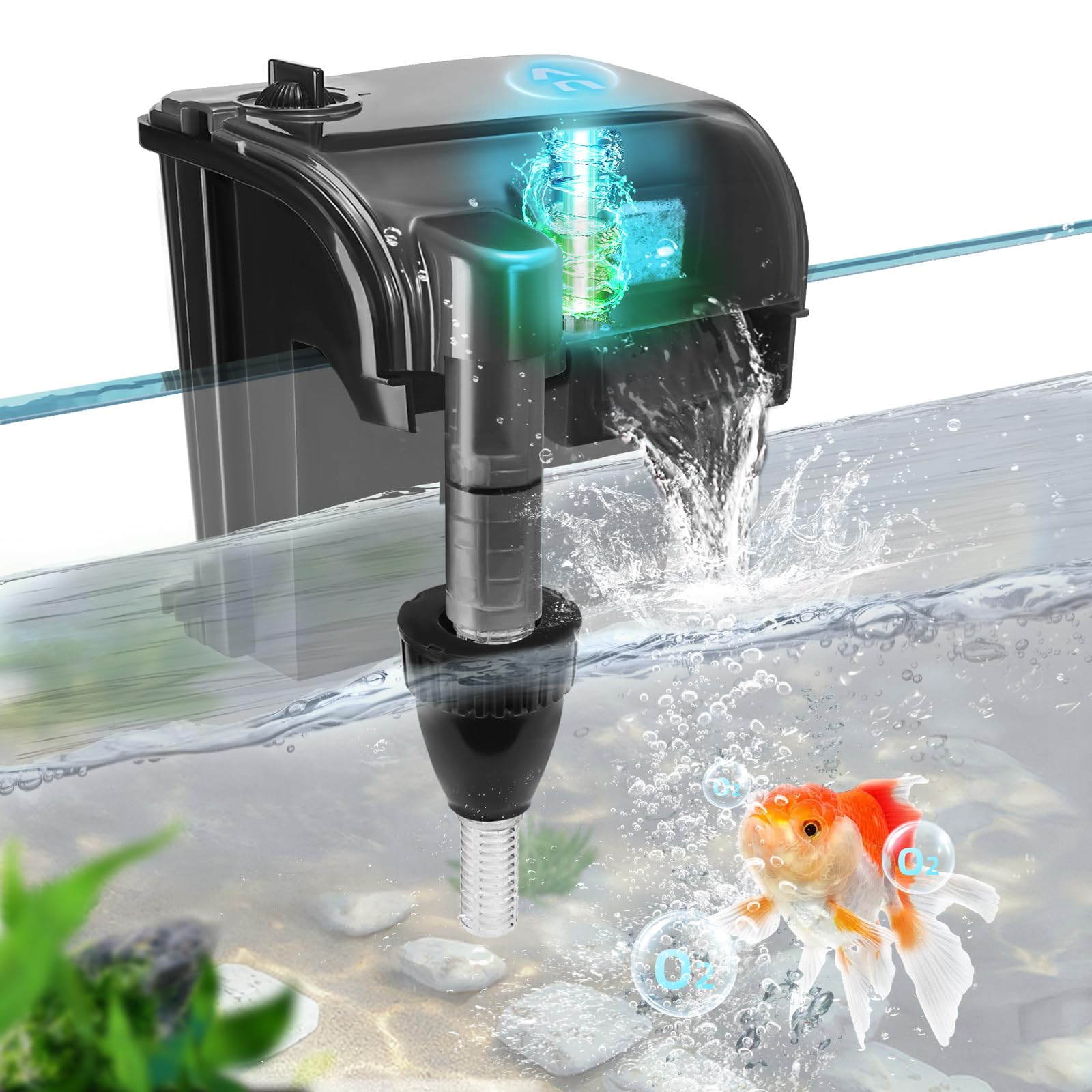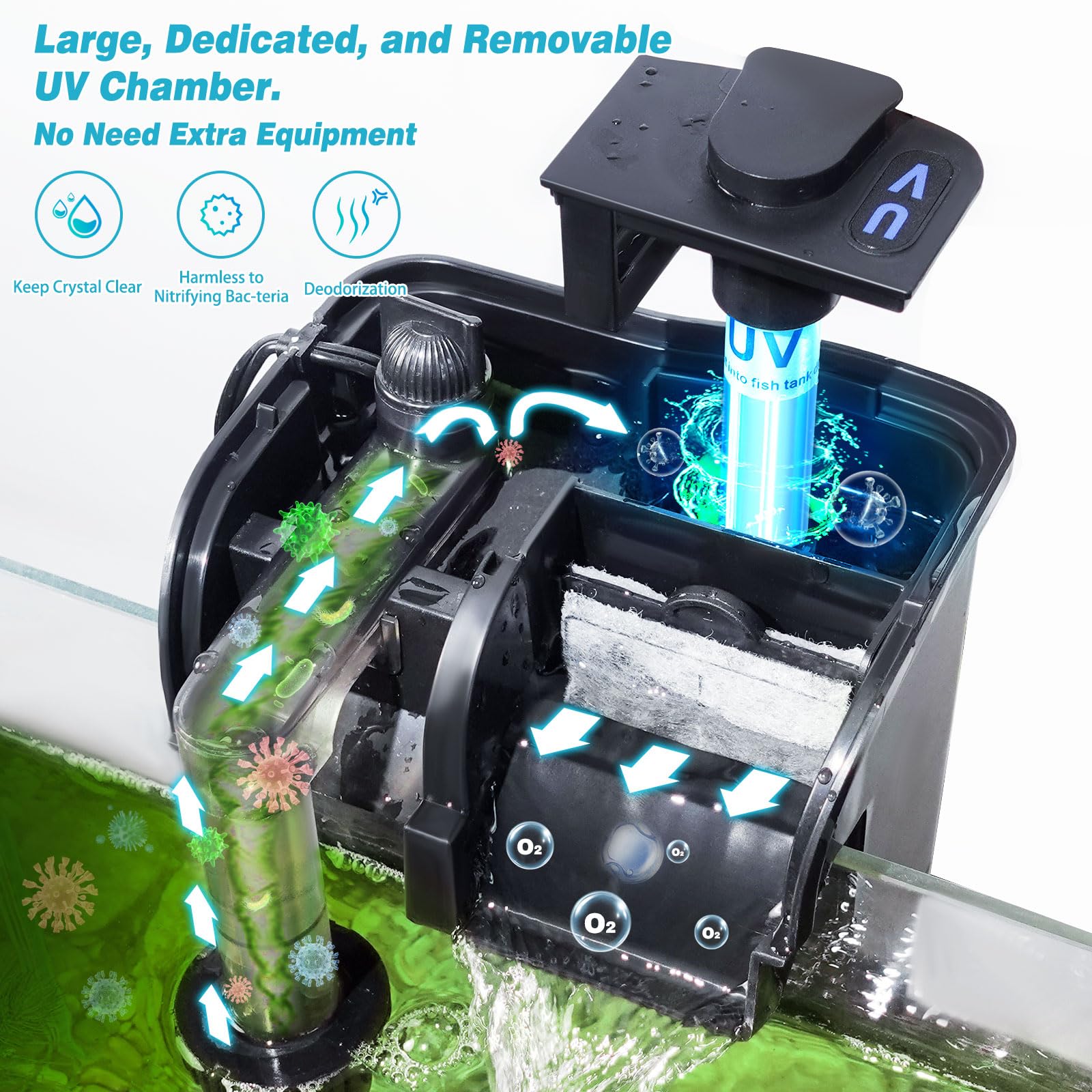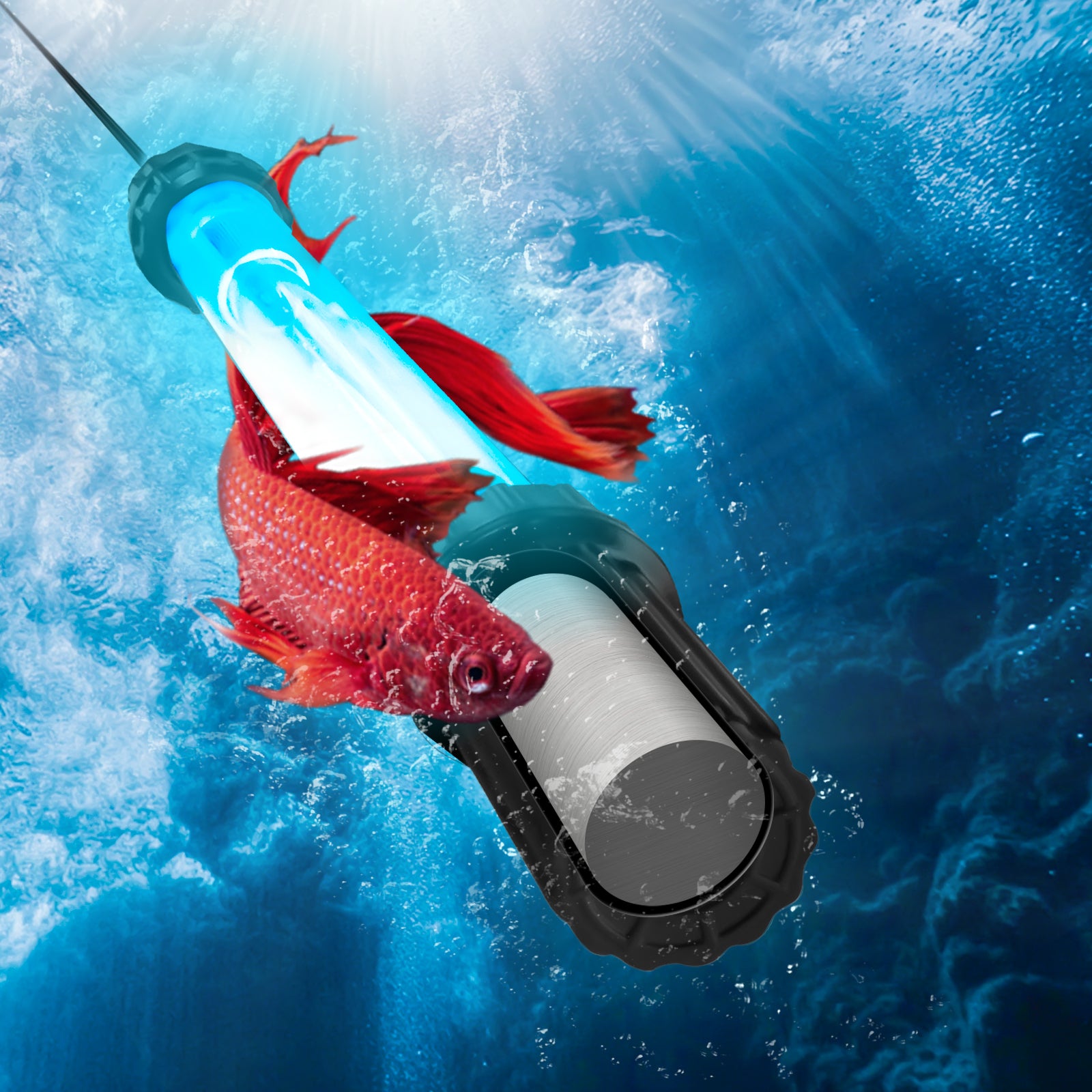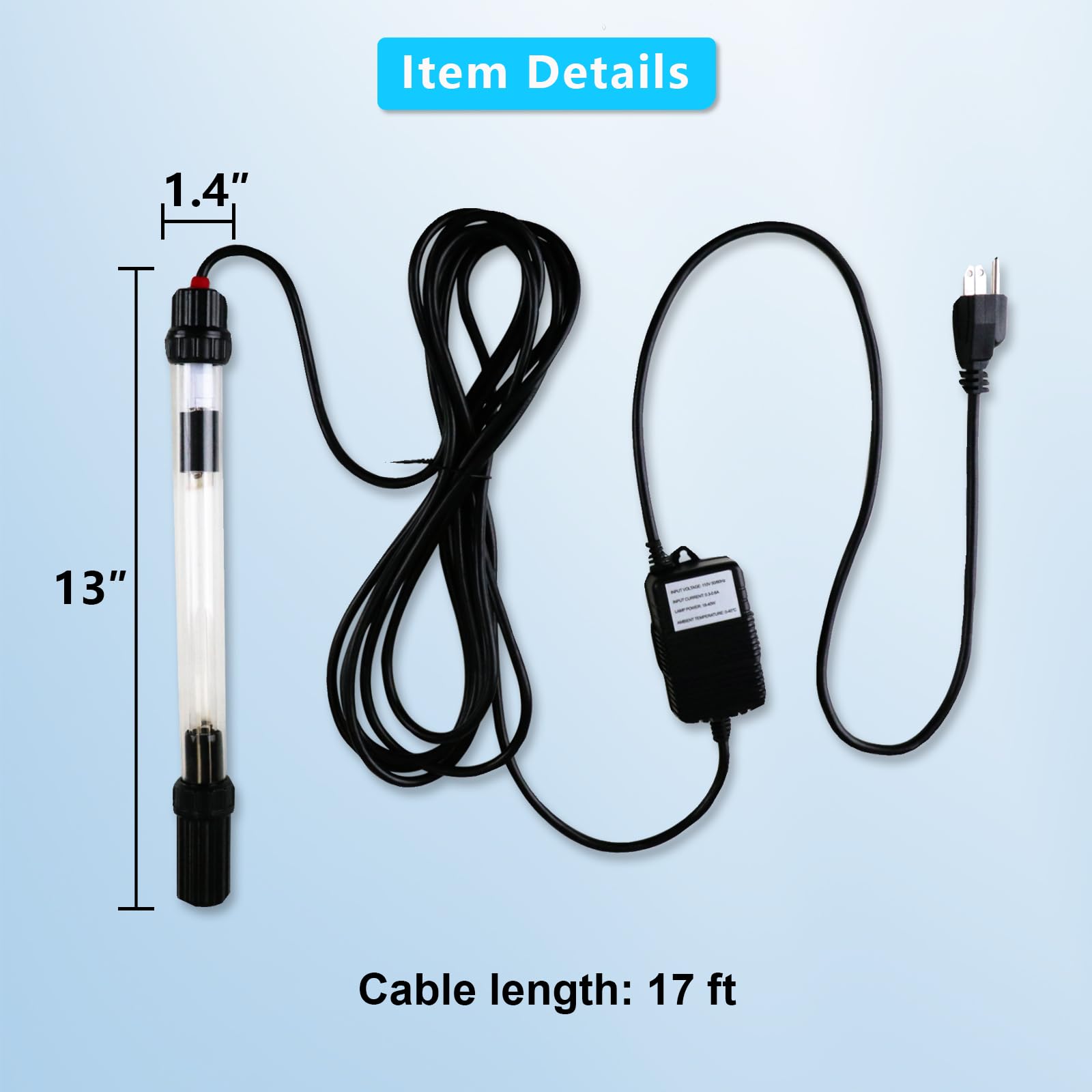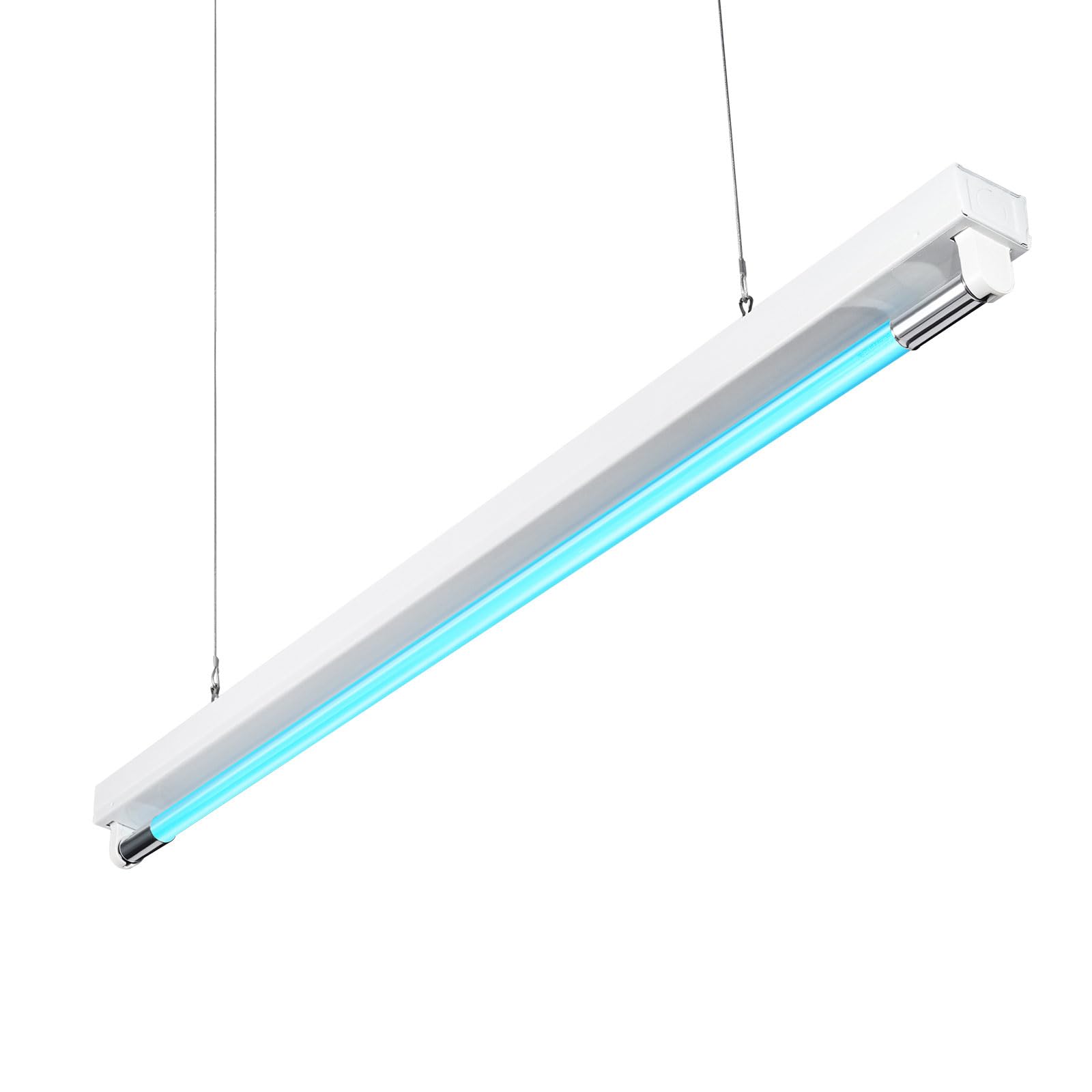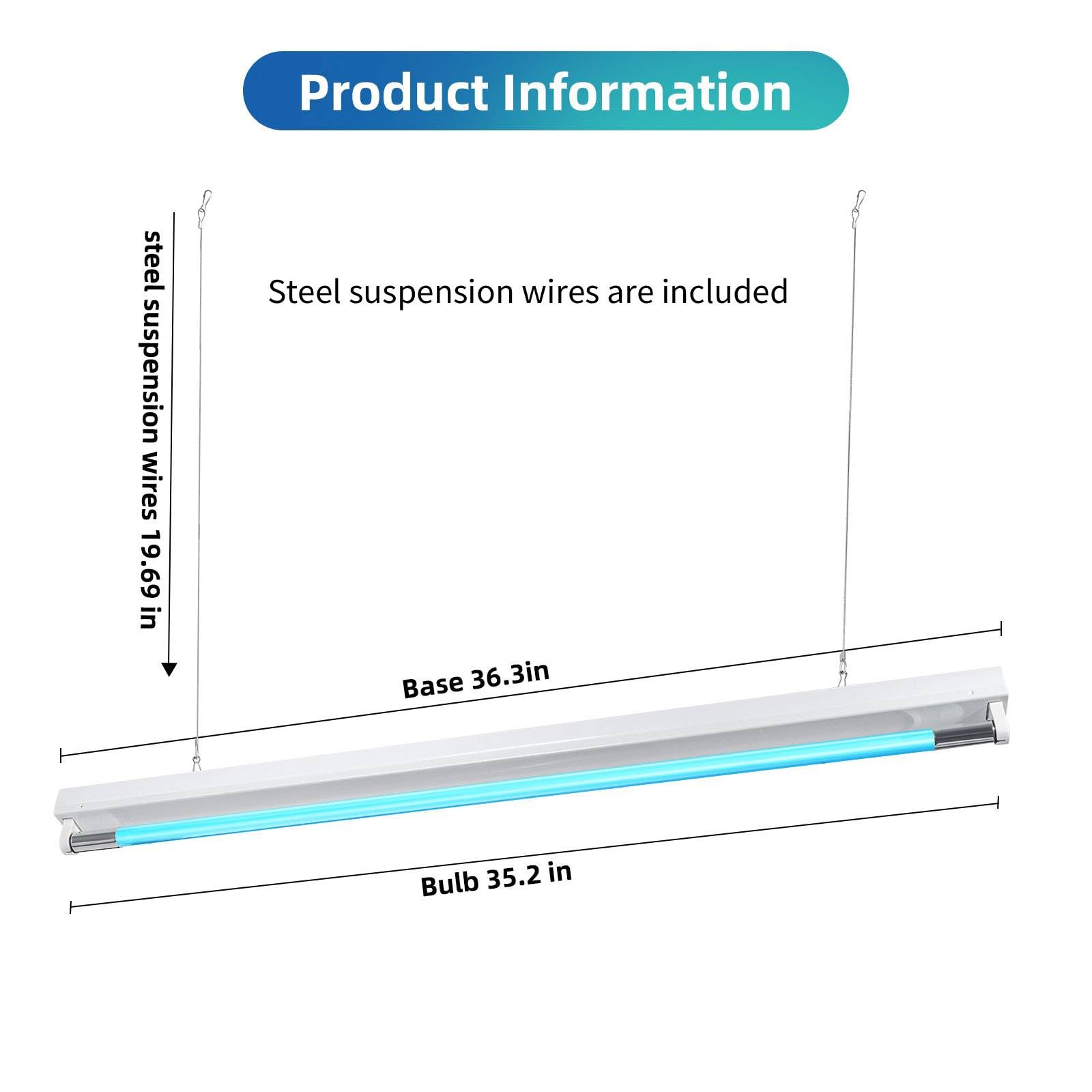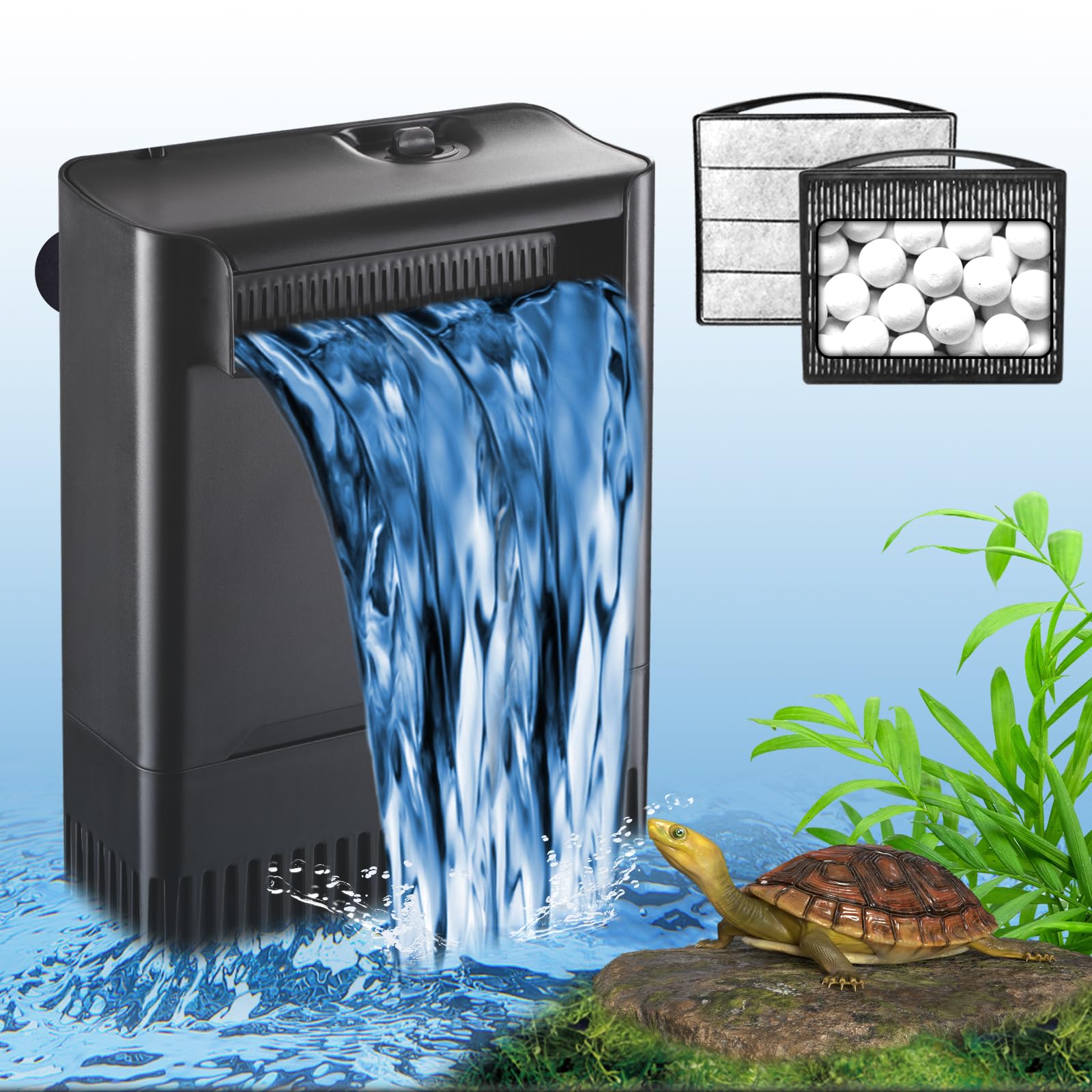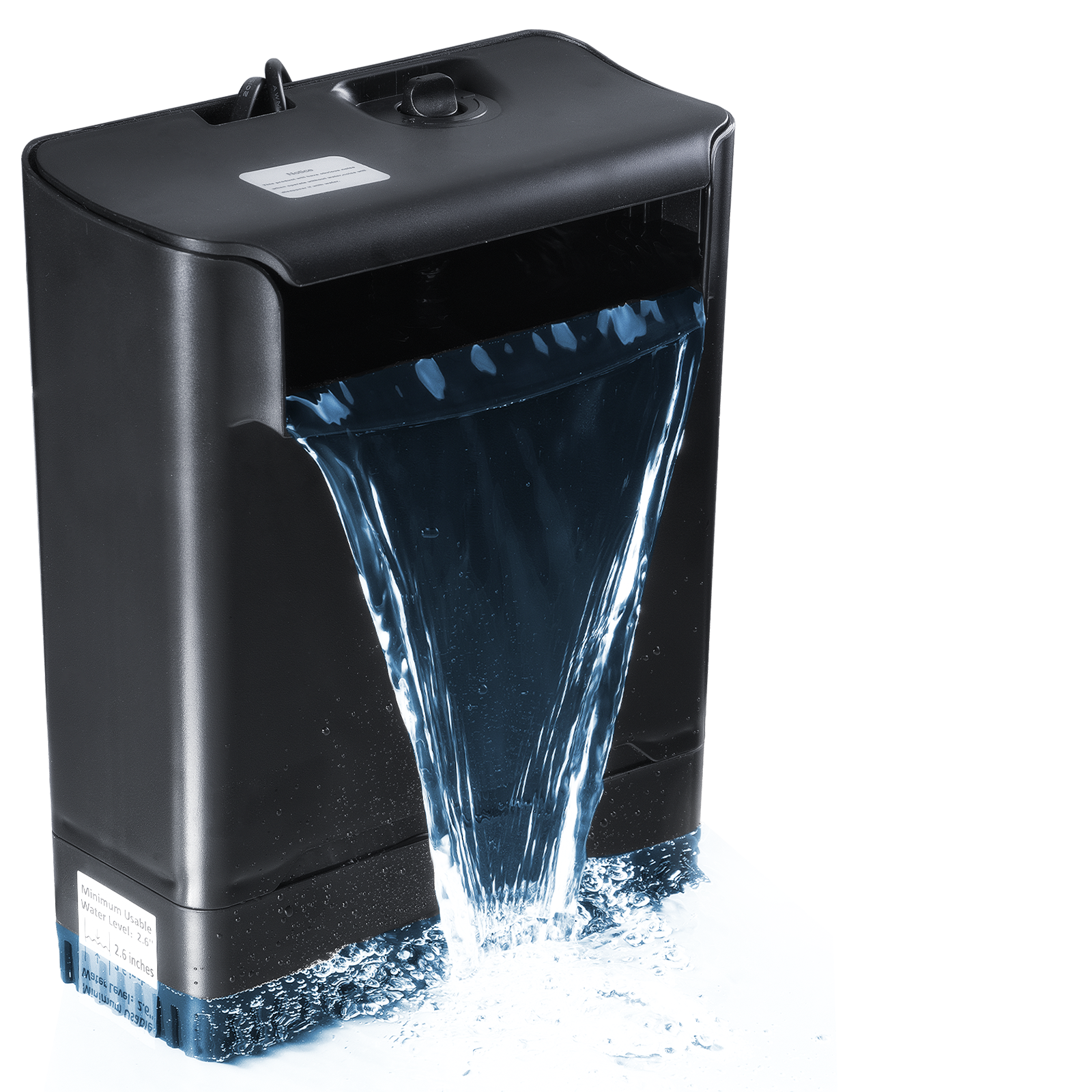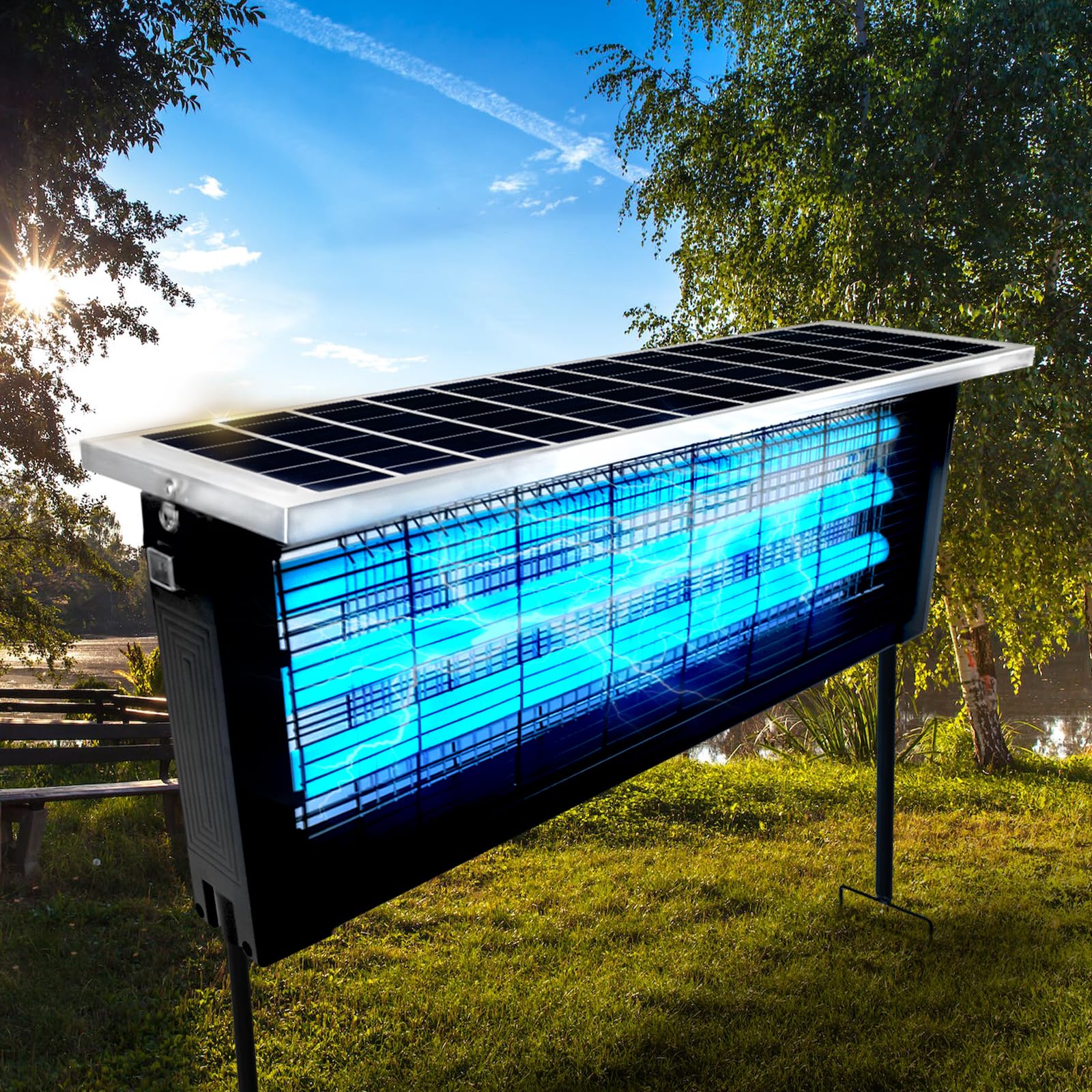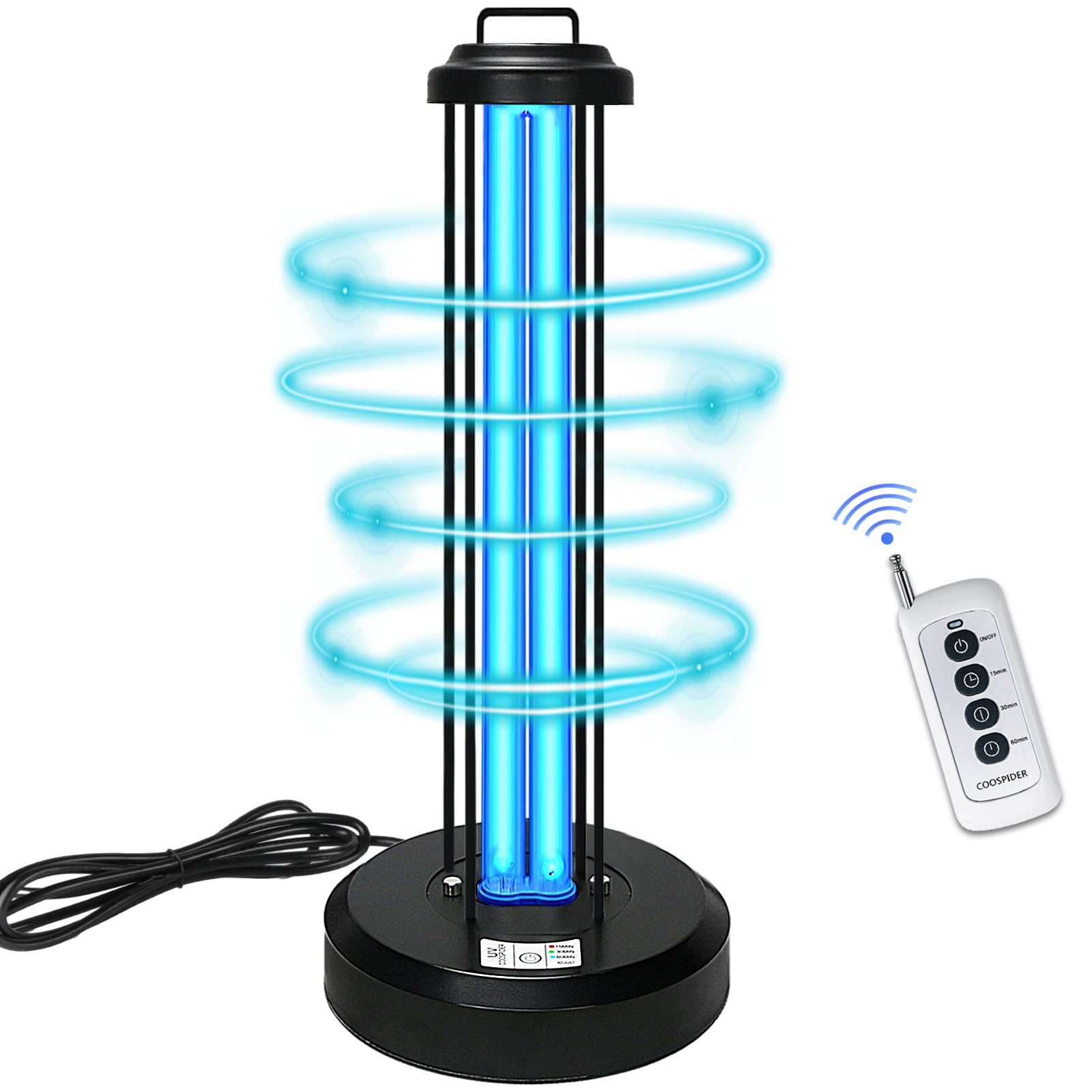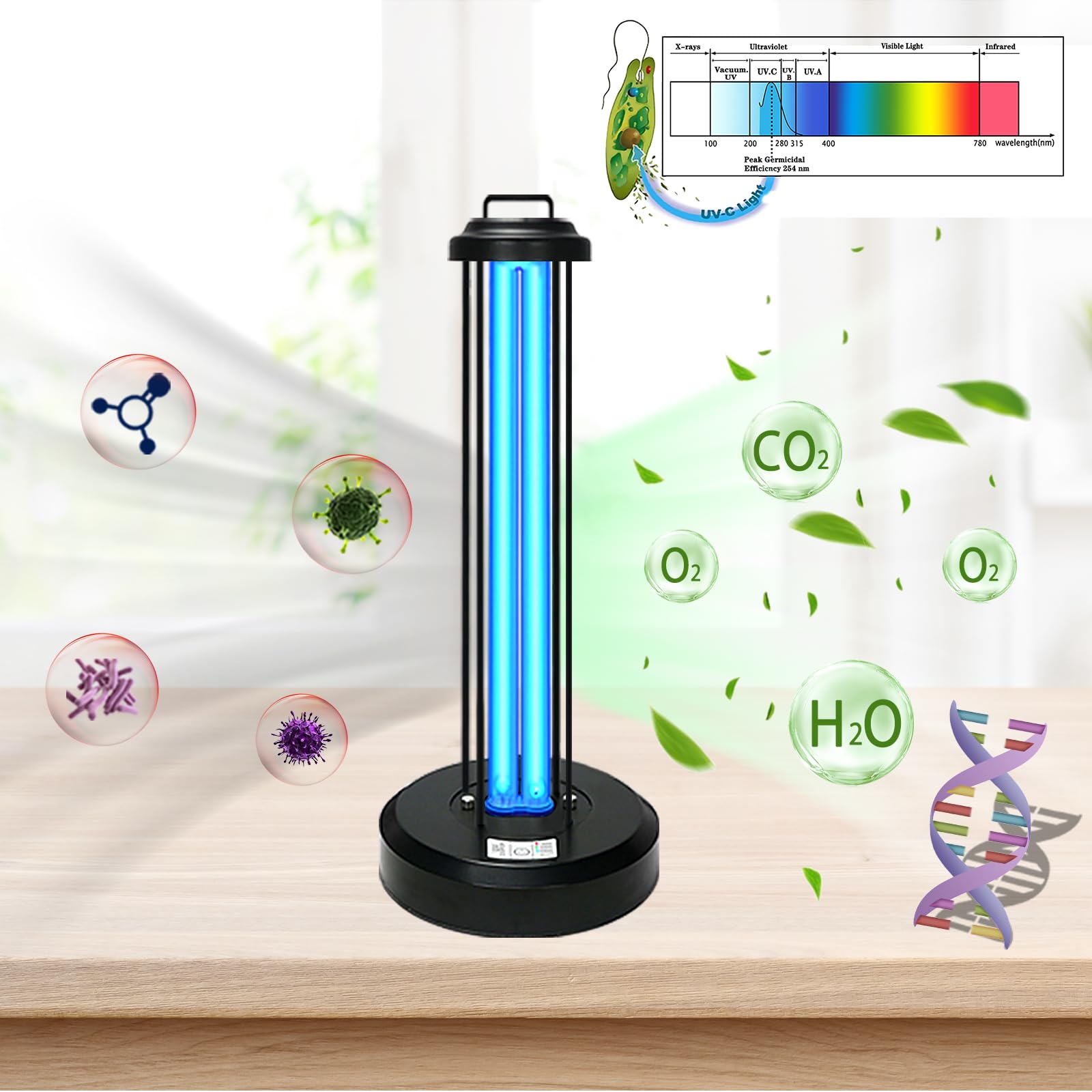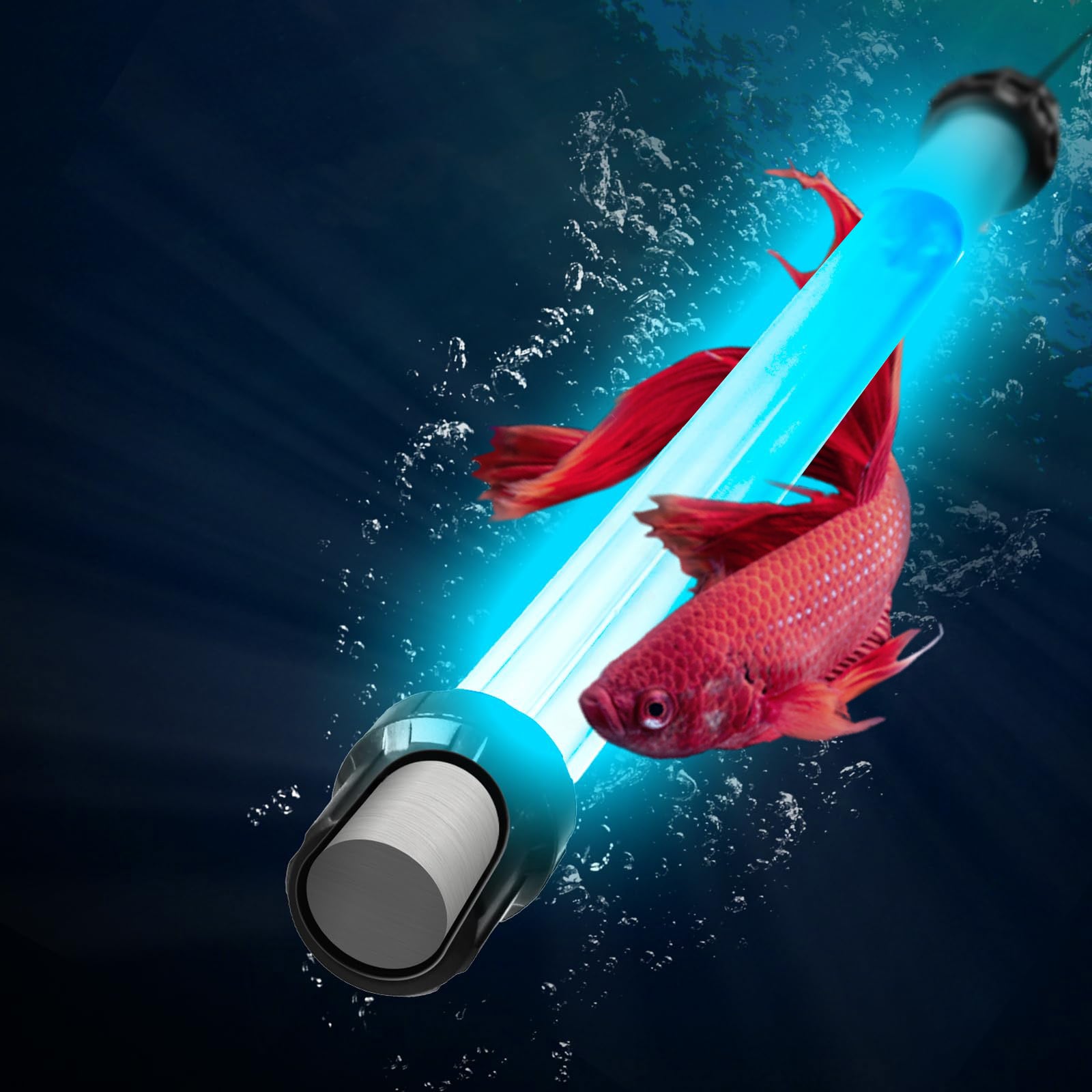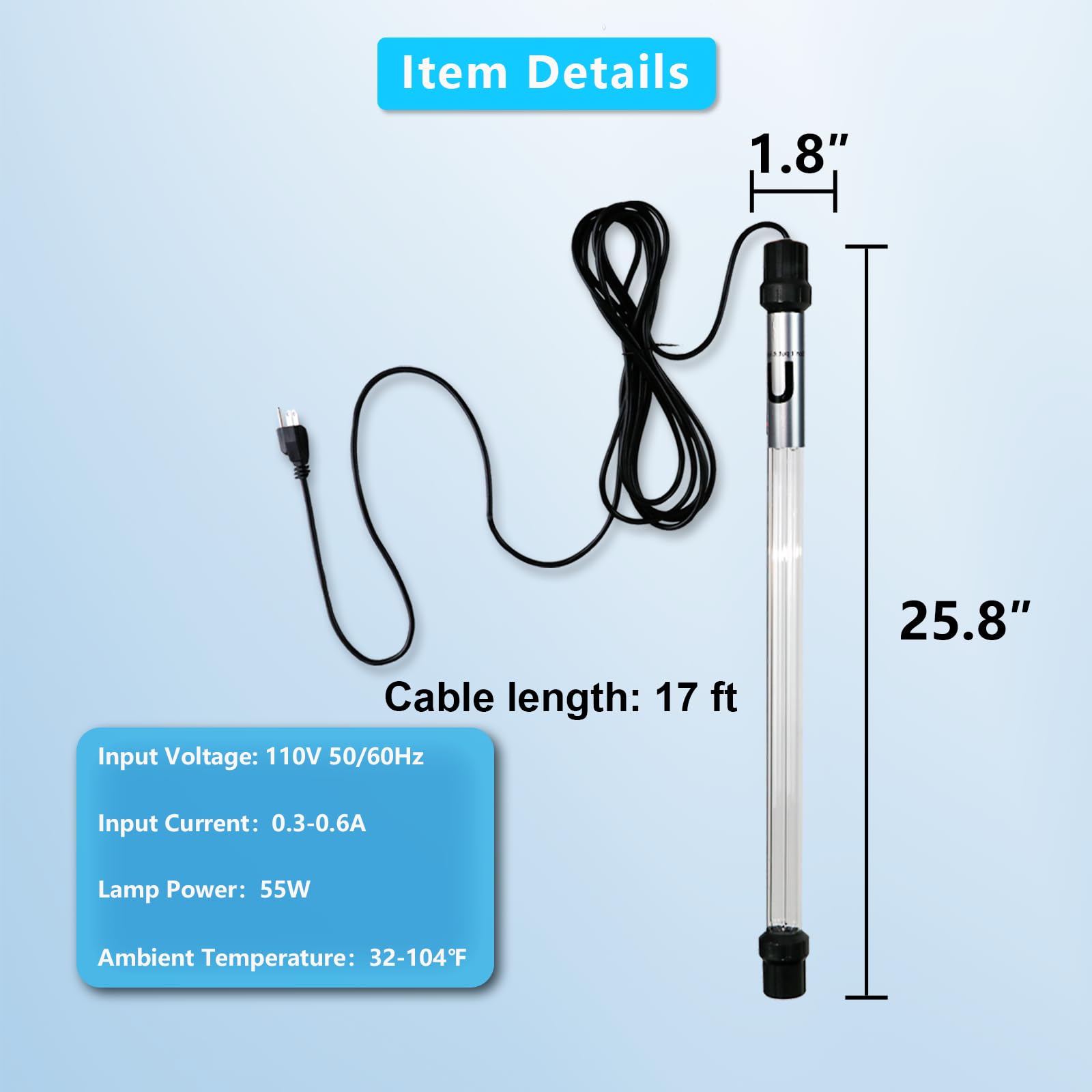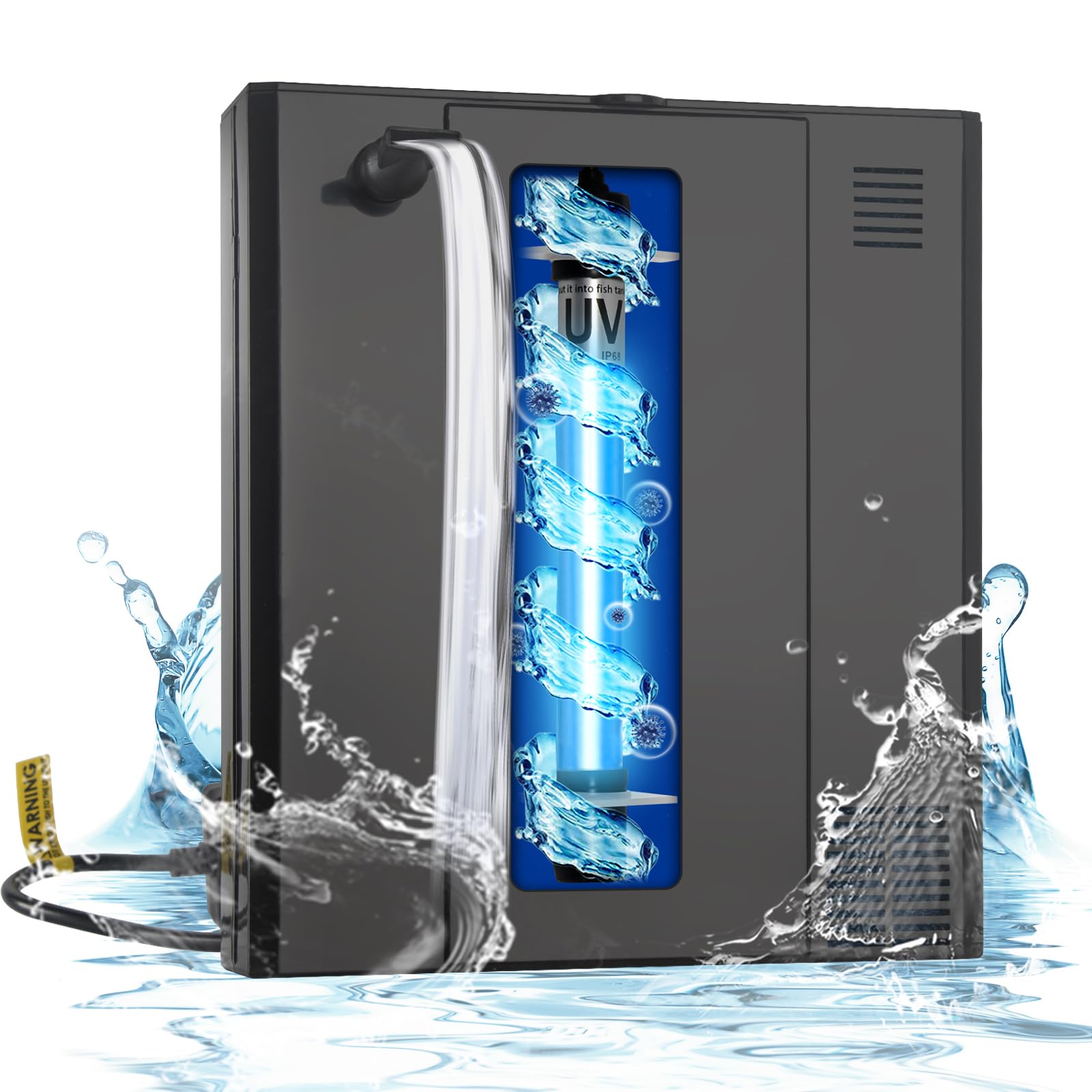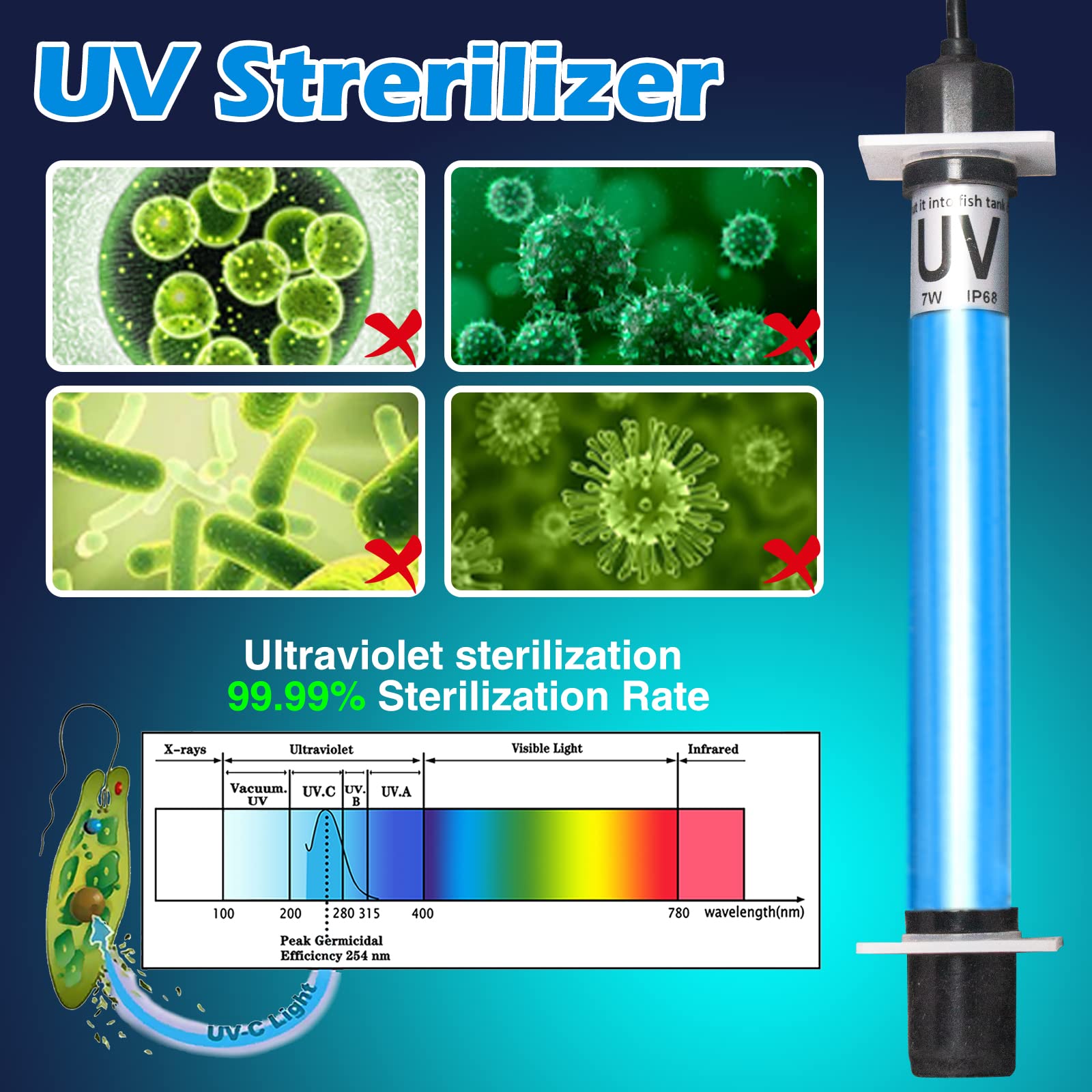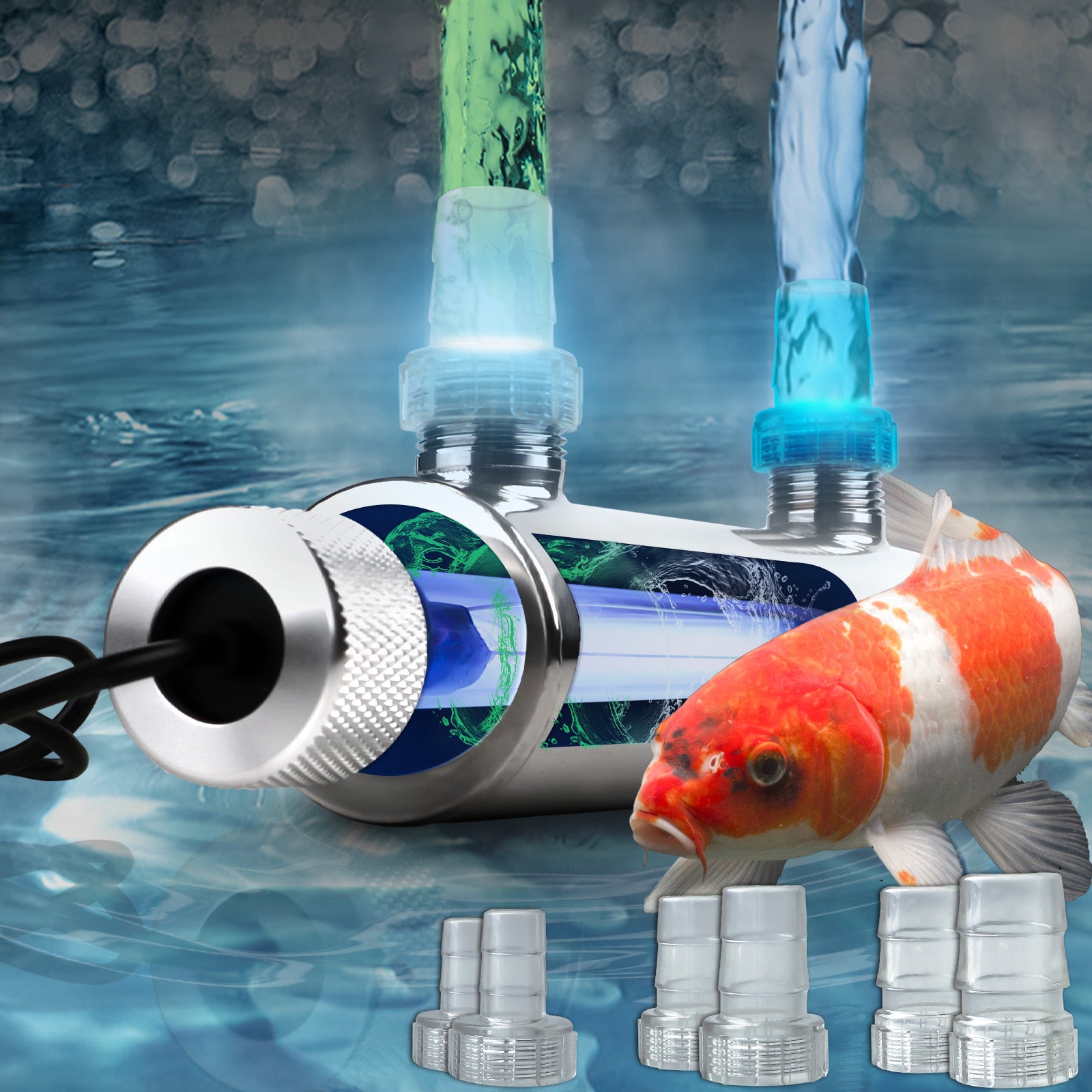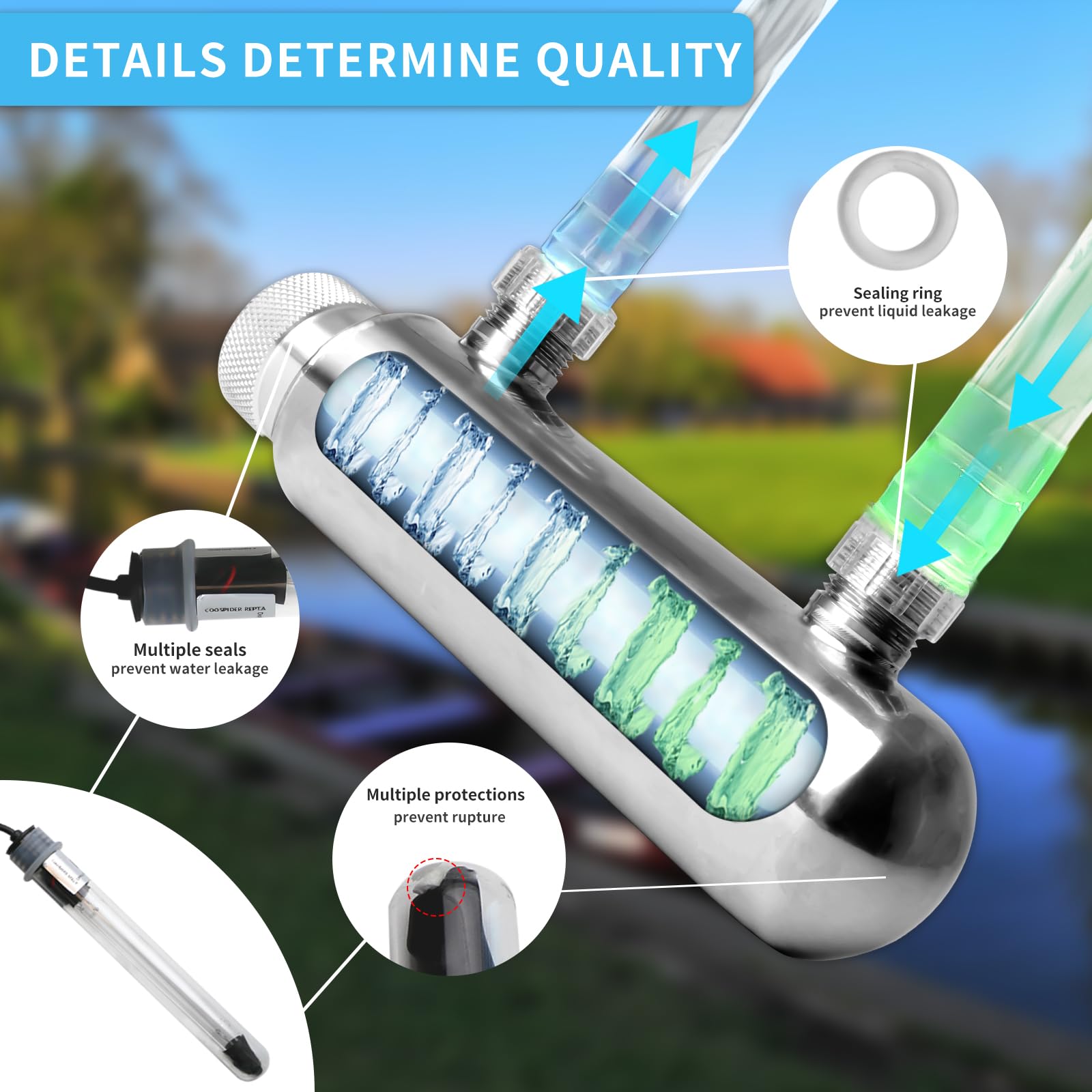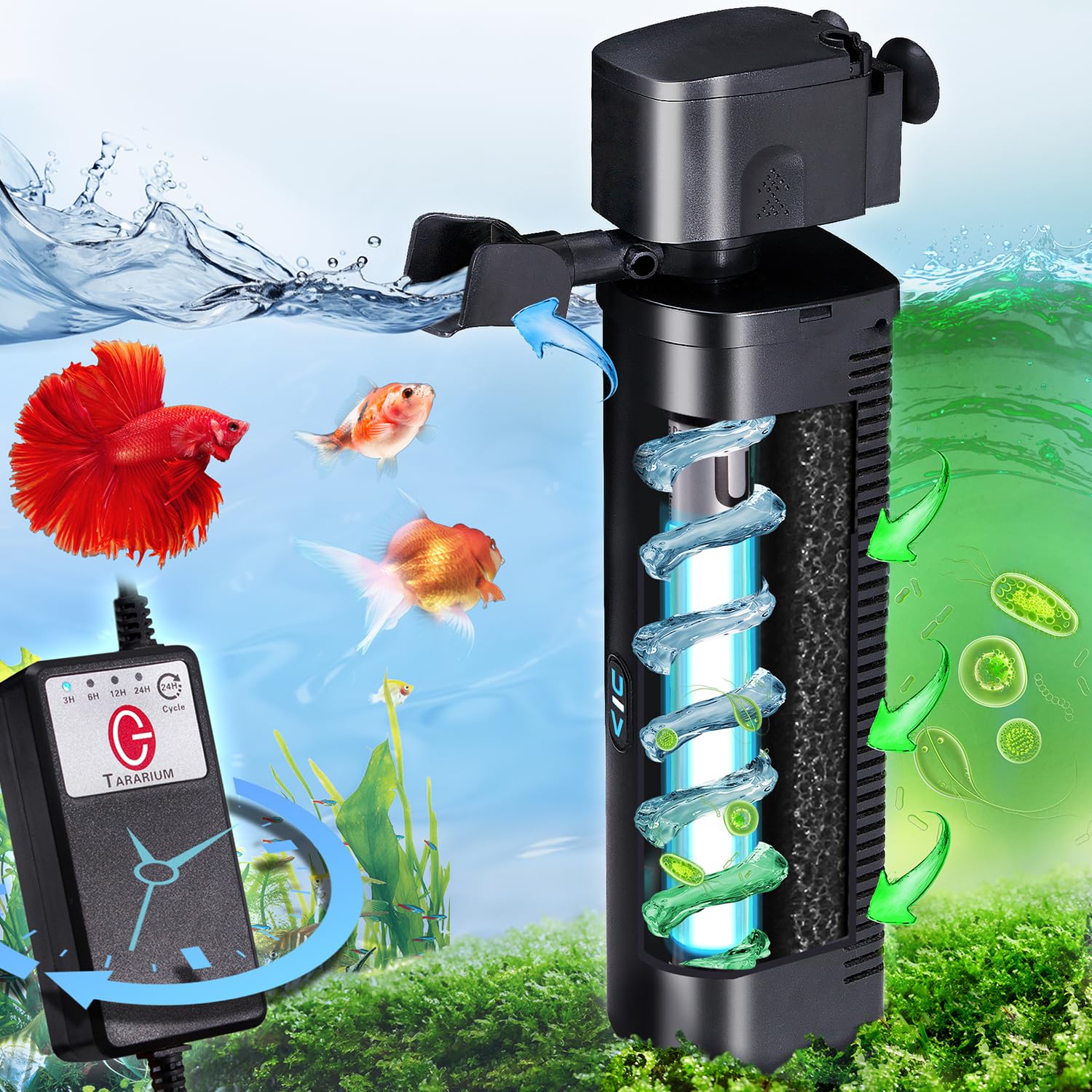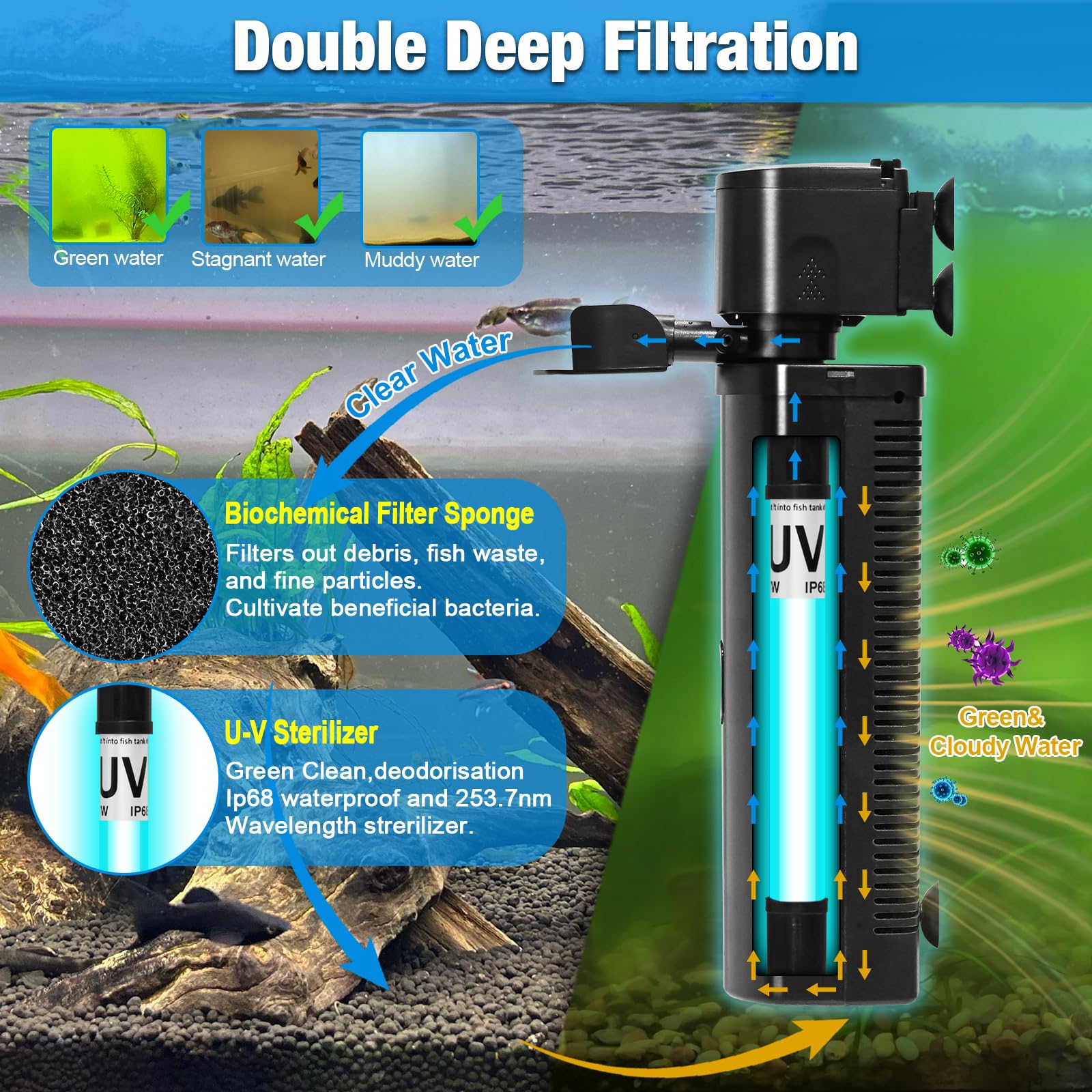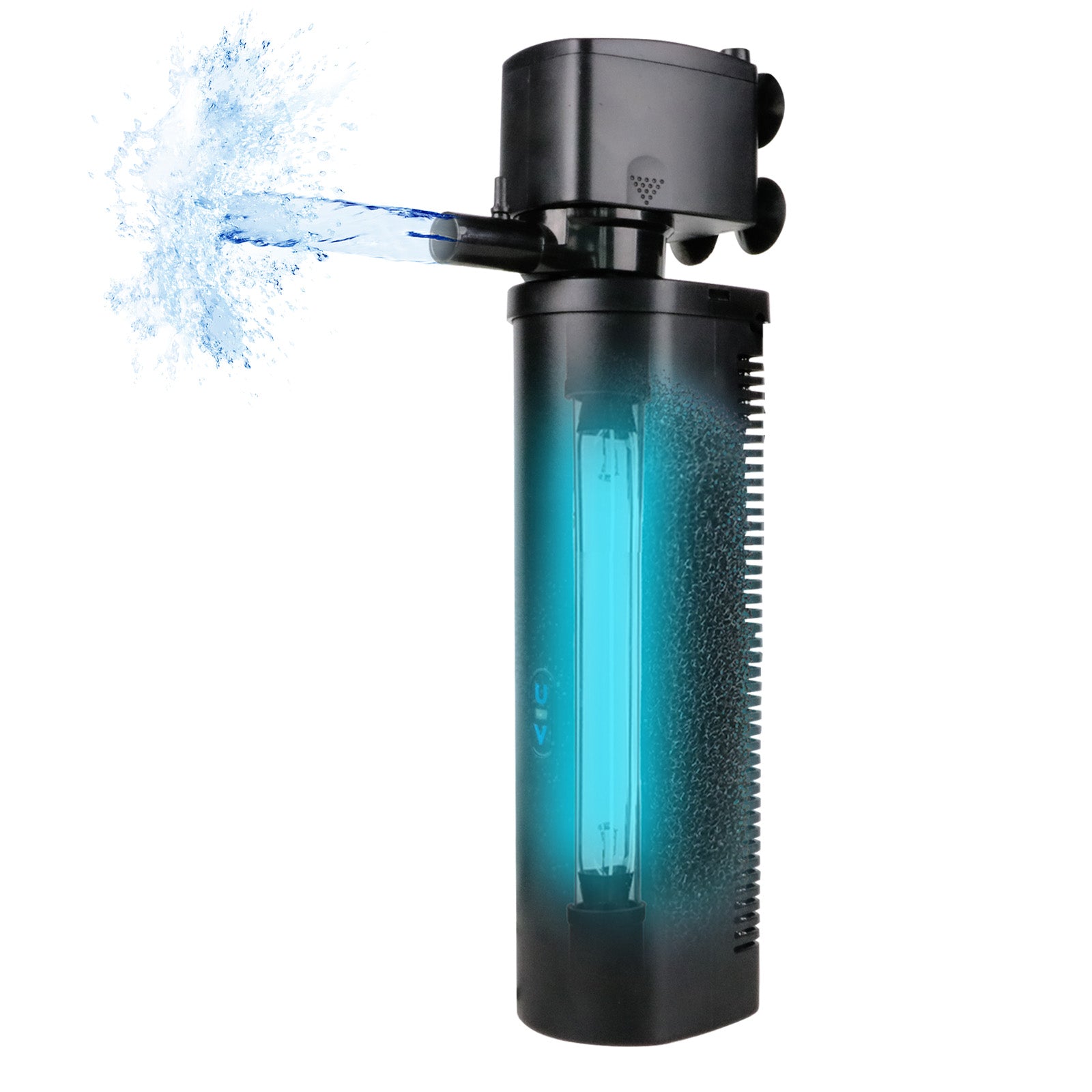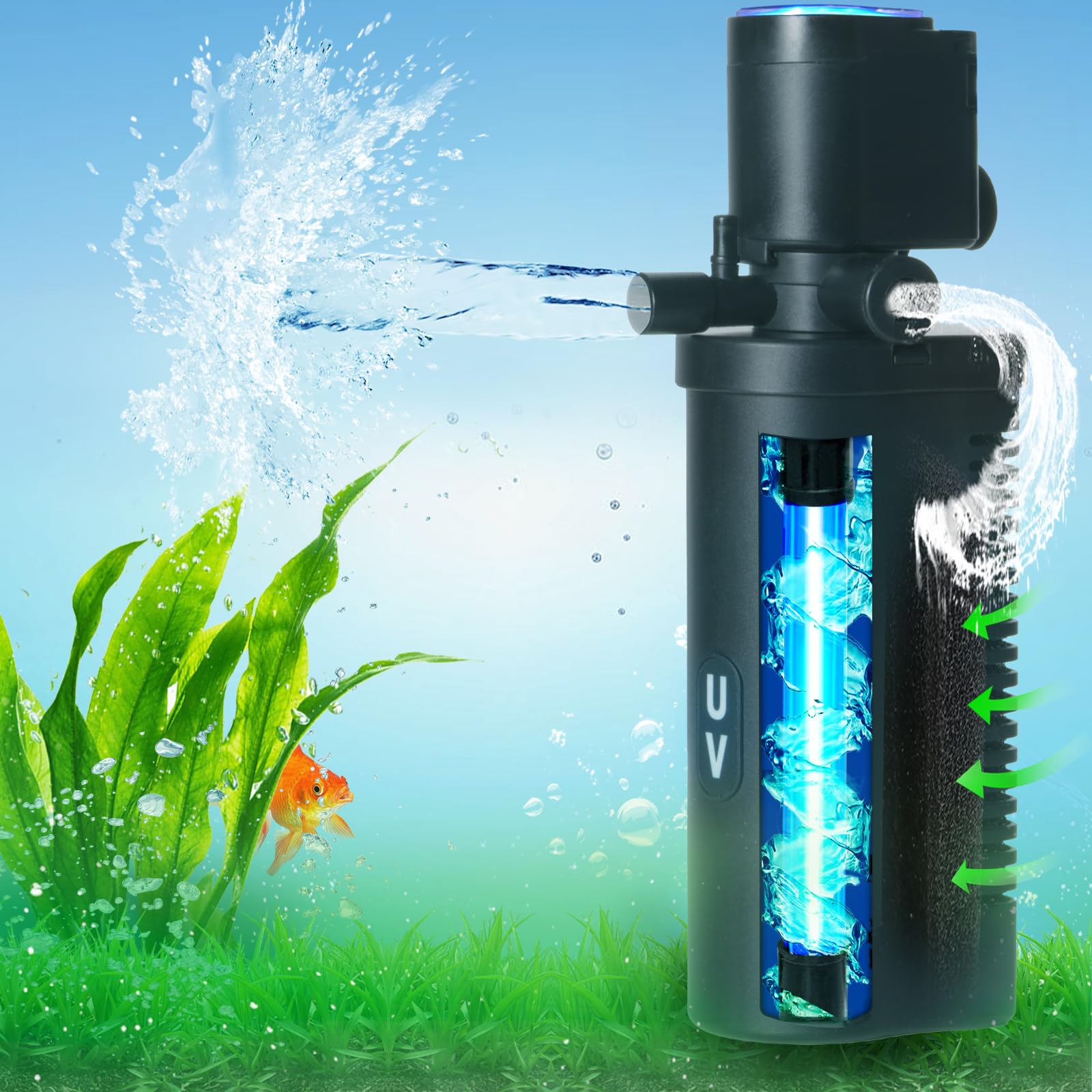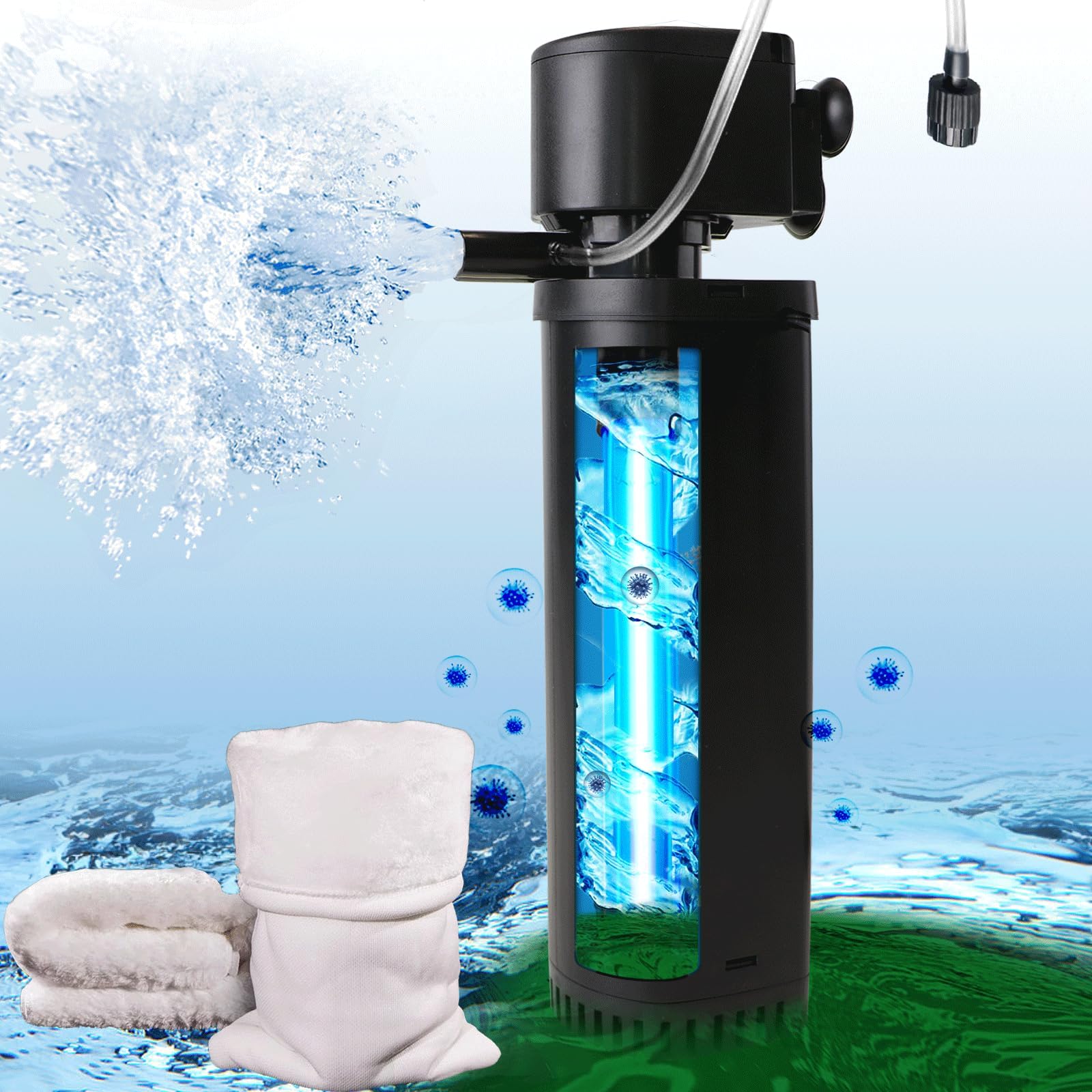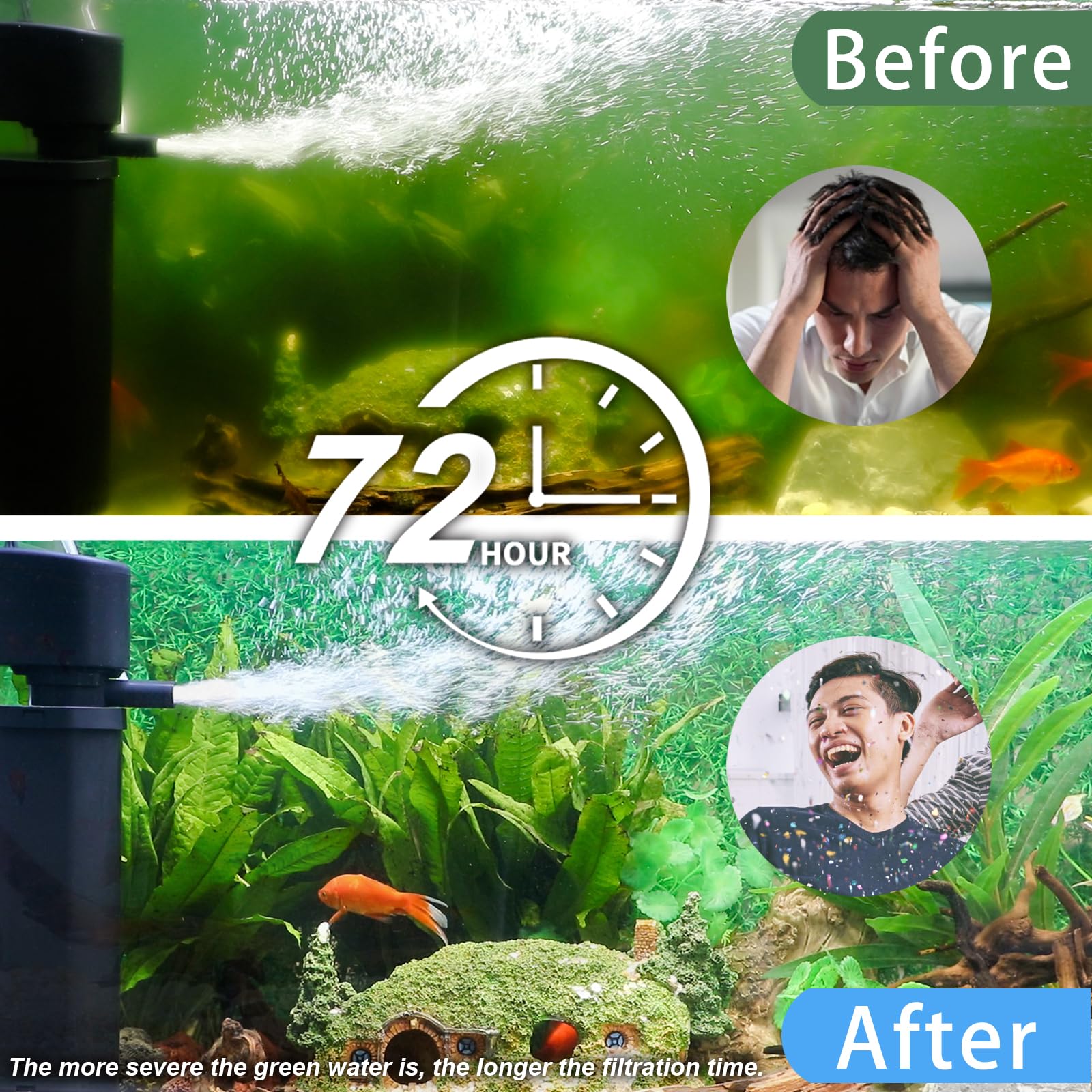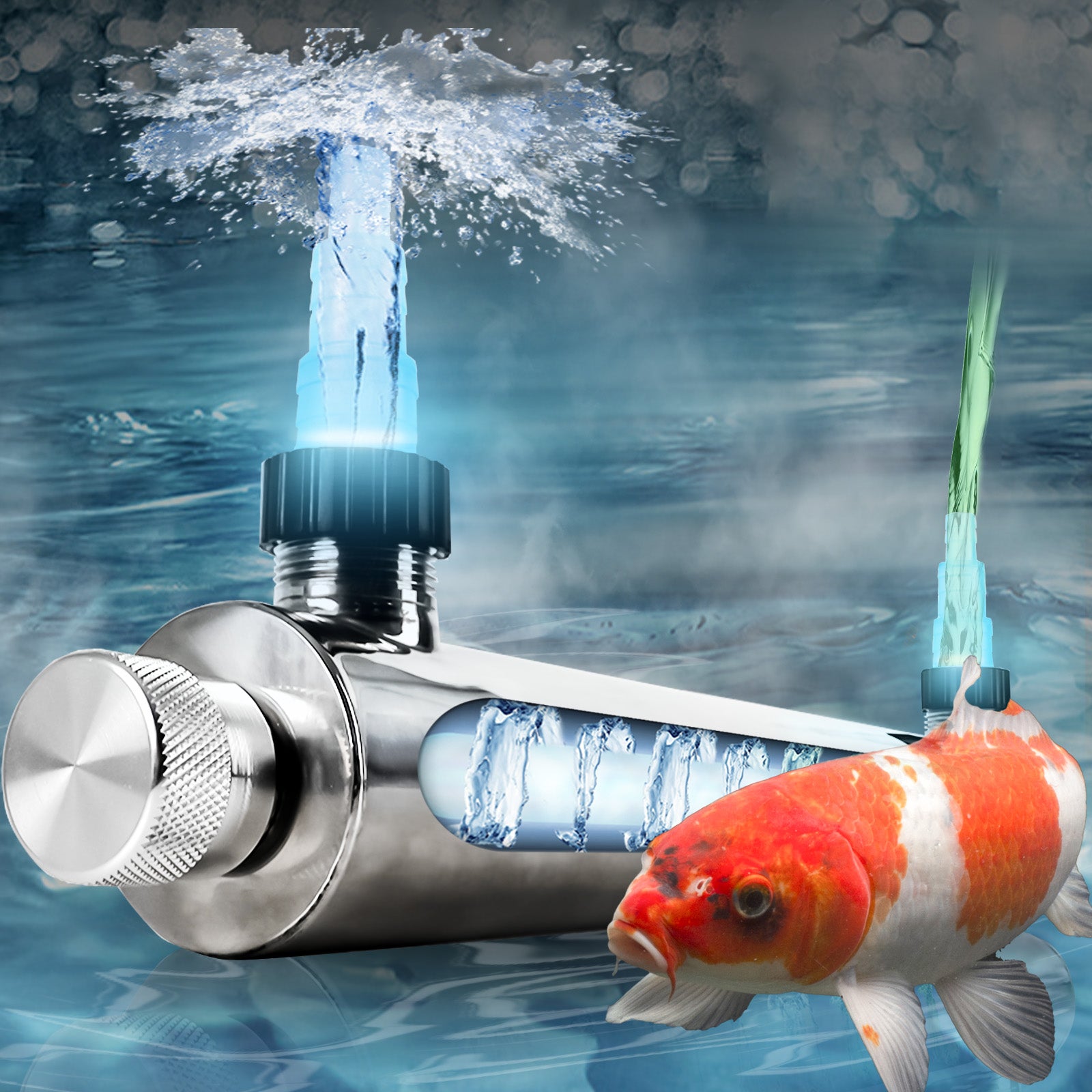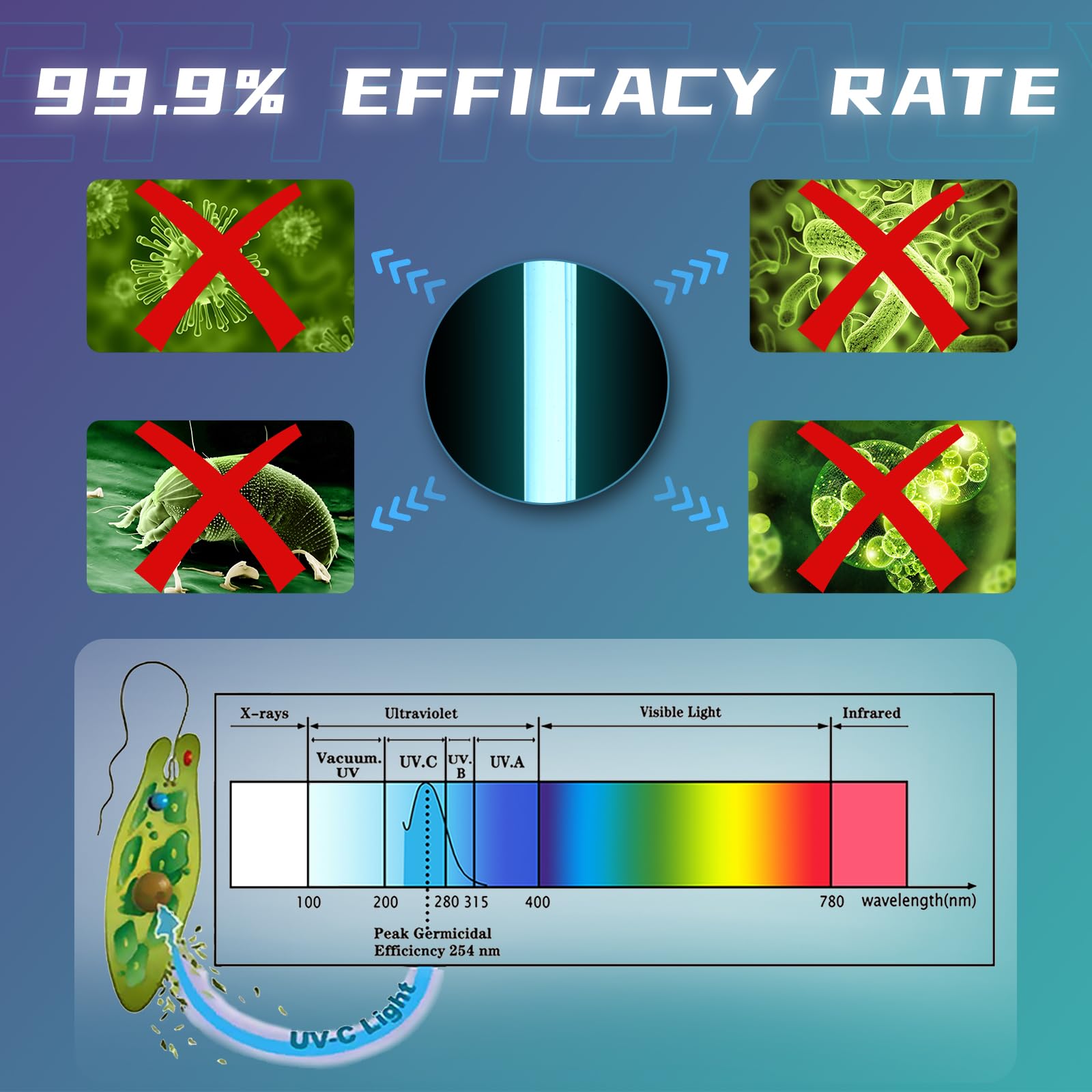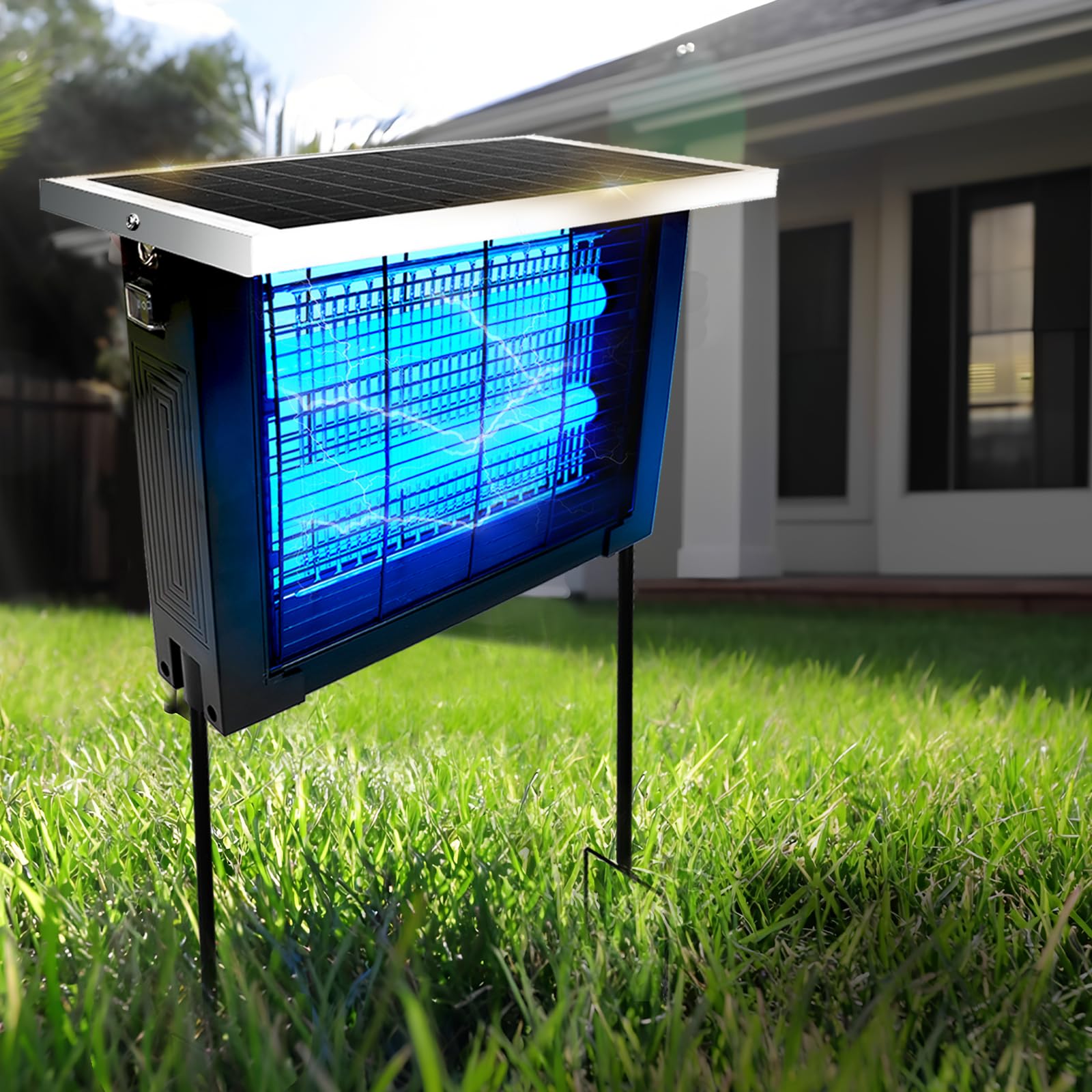Introduction: Why Filtration is the Foundation of Koi Keeping
Koi fish are more than just beautiful pond decorations - they're living creatures with complex biological needs that depend entirely on their aquatic environment. The single most important factor determining whether your koi will merely survive or truly thrive is your filtration system. This 6,000-word definitive guide will explore exactly how proper filtration impacts every aspect of koi health, from gill function to disease resistance to growth rates.
We'll cover:
The science behind how filtration protects koi physiology
Consequences of inadequate filtration (with real case studies)
How different filter types address specific health concerns
Expert recommendations for optimizing filtration for koi wellness
Common filtration myths that actually harm koi
By the end, you'll understand why top koi breeders consider filtration systems not just equipment, but life support systems for these magnificent fish.
Chapter 1: The Biological Imperative - How Koi Physiology Depends on Filtration
1.1 The Respiratory Crisis: How Poor Filtration Suffocates Koi
Koi breathe through gills that extract oxygen from water - a process that fails when:
Ammonia burns gill tissues (reducing oxygen absorption by up to 60%)
Particulate matter clogs gill filaments
Low oxygen levels occur from inadequate water movement
Studies show koi in unfiltered ponds exhibit:
40% higher respiratory rates
25% reduced growth rates
Increased susceptibility to gill parasites
1.2 The Toxic Threat: Ammonia/Nitrite Poisoning Mechanics
Without biological filtration:
Ammonia from waste burns skin and gills
Nitrites block hemoglobin's oxygen transport
Chronic exposure causes:
Lethargy
Loss of appetite
Neurological damage
Organ failure
Case Study: A 3,000-gallon pond with inadequate biofiltration lost 7 mature koi in 48 hours during an ammonia spike (measured at 5ppm).
Chapter 2: Disease Prevention Through Proper Filtration
2.1 The Immune System Connection
Research indicates koi in well-filtered systems show:
30% higher lymphocyte counts
Stronger mucus coat production
Faster wound healing rates
2.2 How Filters Break the Parasite Life Cycle
Mechanical filtration removes:
Free-swimming parasite stages
Spores from bacterial pathogens
Organic matter that harbors pathogens
UV sterilization:
Disrupts parasite reproduction
Kills waterborne viruses
Redects bacterial counts by 99.9%
Chapter 3: Growth and Longevity Benefits
3.1 The Growth Hormone Connection
Studies demonstrate:
Koi in filtered systems grow 20-30% faster
Reach sexual maturity earlier
Produce more viable offspring
3.2 Record Lifespans Only Possible With Filtration
Japanese koi regularly live 25-35 years thanks to:
Zero ammonia/nitrite environments
High oxygen saturation
Consistent water parameters
Chapter 4: Behavioral Benefits of Proper Filtration
4.1 Normal Activity Patterns
Observed behaviors in filtered ponds:
Active foraging
Social hierarchy establishment
Breeding behaviors
Playful surface activity
4.2 Stress Reduction
Poor filtration causes chronic stress evidenced by:
Erratic swimming
Flashing/rubbing
Surface gasping
Color fading
Chapter 5: Filtration System Design for Optimal Health
5.1 The Health-Optimized Filtration Setup
Ideal system includes:
Mechanical (40% of total volume)
Biological (50% of total volume)
UV sterilization (properly sized)
Aerated bottom drains
5.2 Flow Rate Calculations for Health
Recommended:
Entire pond volume filtered every 1-2 hours
10x turnover rate for quarantine systems
Adjustable flow for seasonal needs
Chapter 6: Common Filtration Mistakes That Harm Koi
6.1 The Overcleaning Problem
Excessive filter cleaning:
Destroys beneficial bacteria
Causes parameter fluctuations
Increases disease susceptibility
6.2 Undersizing Consequences
Too-small filters lead to:
Incomplete nitrogen cycling
Oxygen depletion
Rapid waste accumulation
Conclusion: Filtration as Preventative Medicine
Investing in proper filtration isn't just about clear water - it's about providing the physiological conditions koi need to express their full genetic potential for health, growth, coloration and longevity. As koi medicine advances, we're learning that most "health problems" are actually filtration problems in disguise. By understanding and implementing these filtration principles, you're not just keeping fish - you're cultivating living art in its healthiest possible state.

